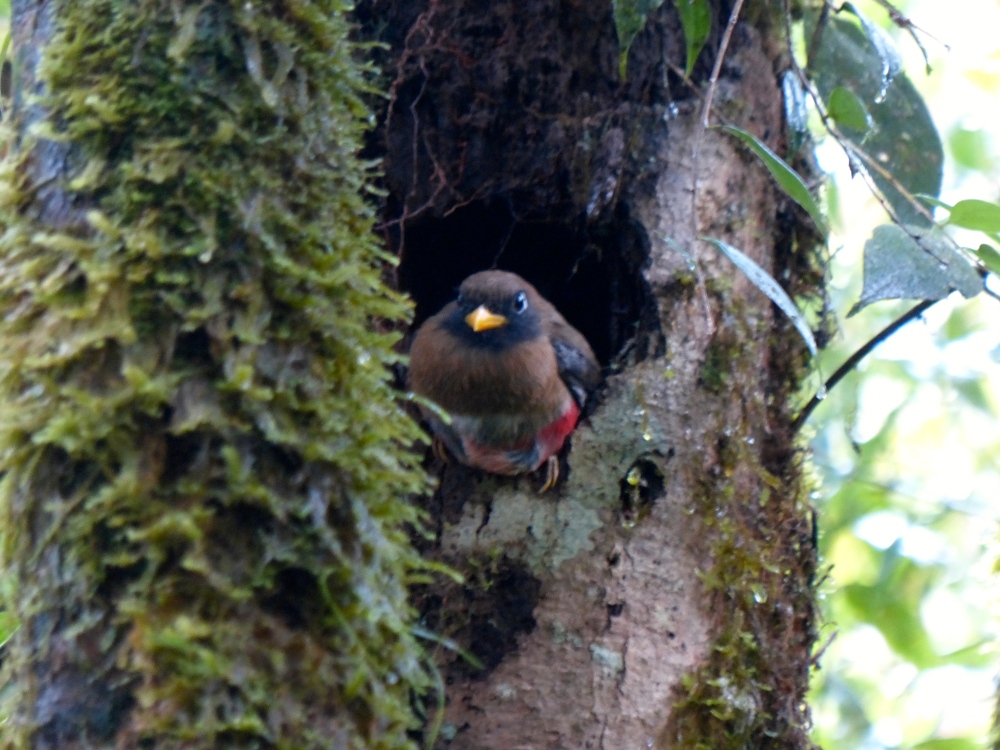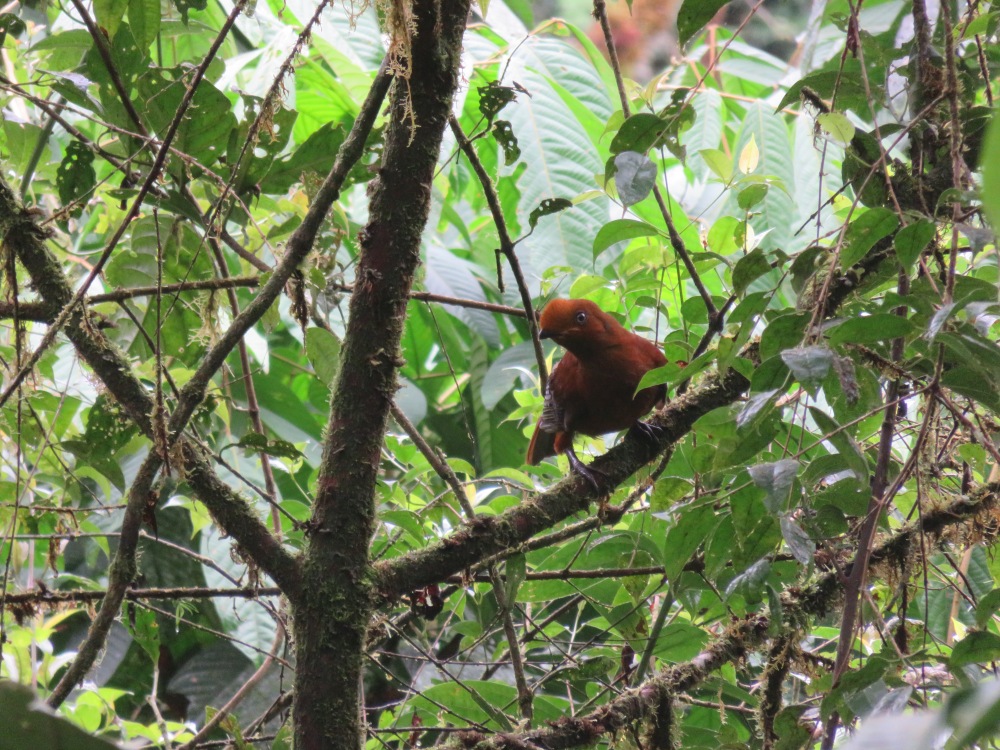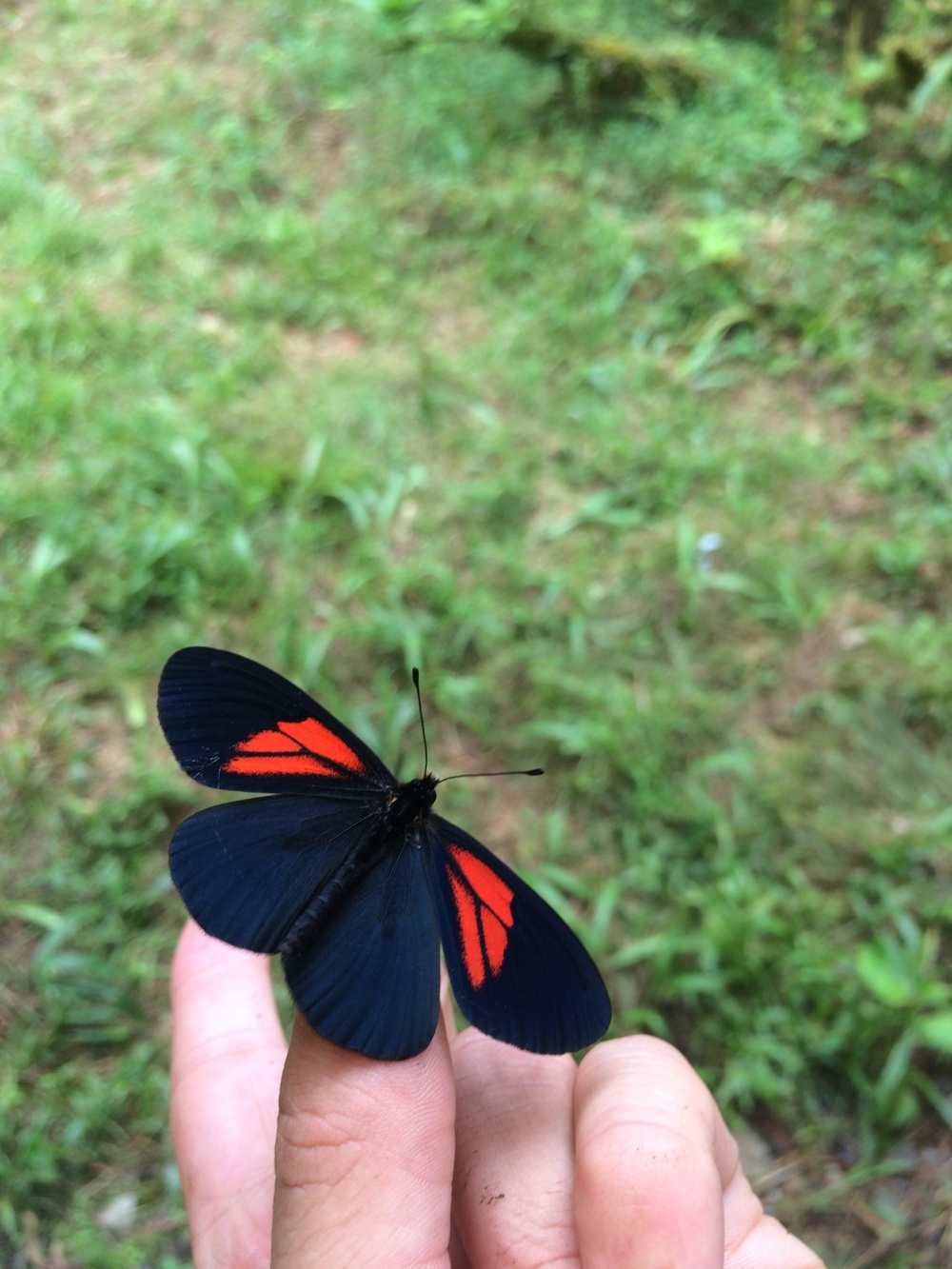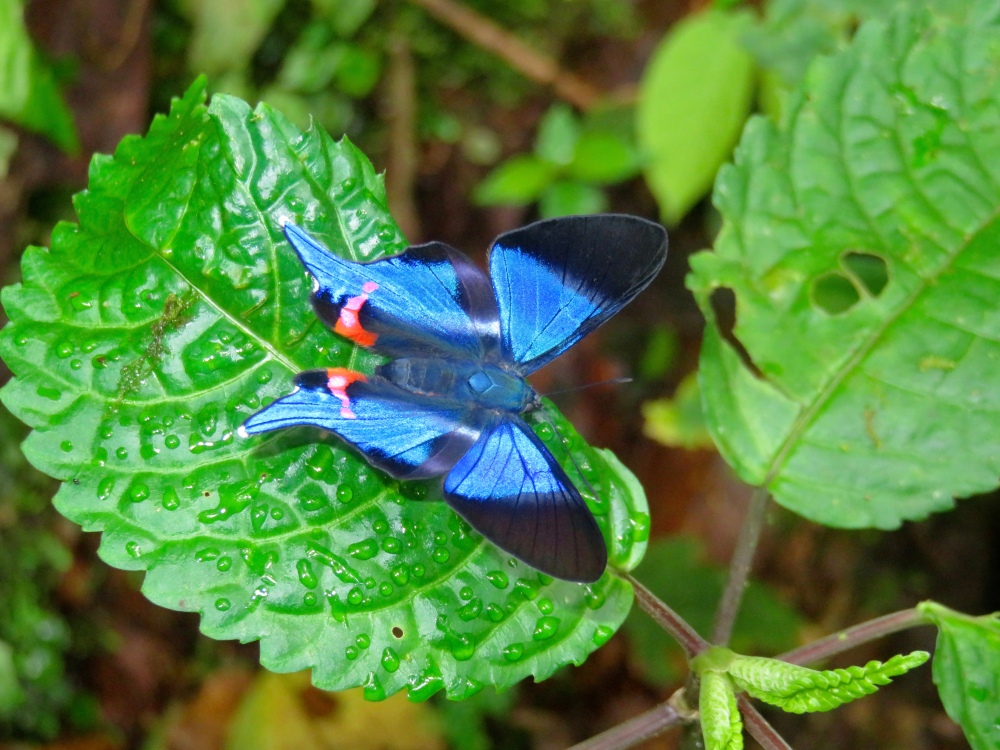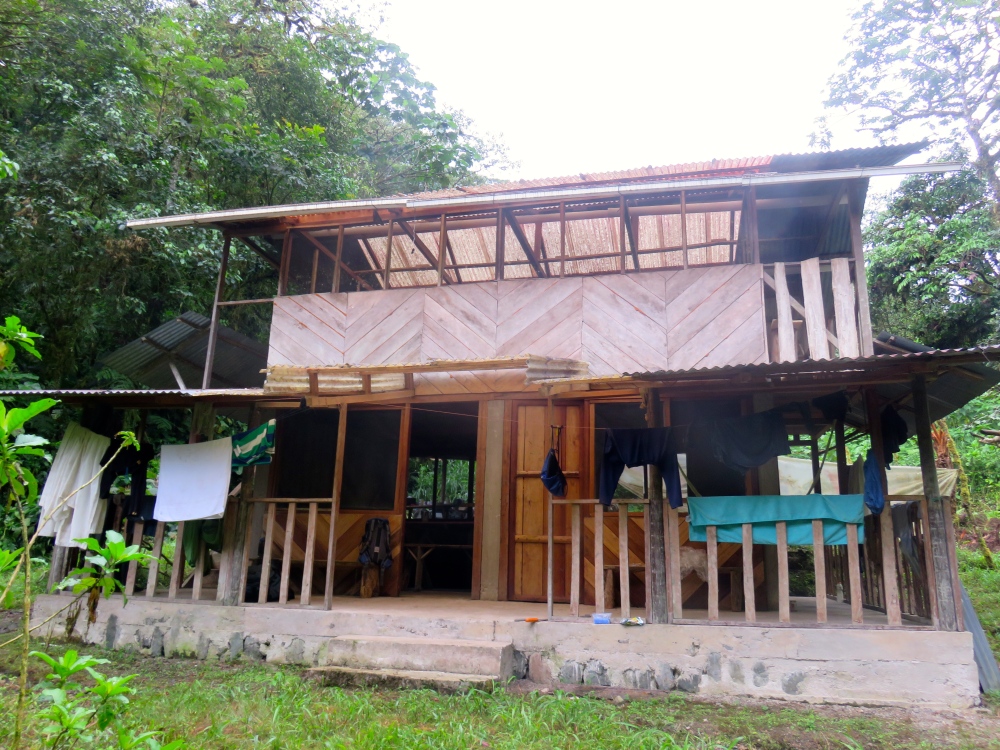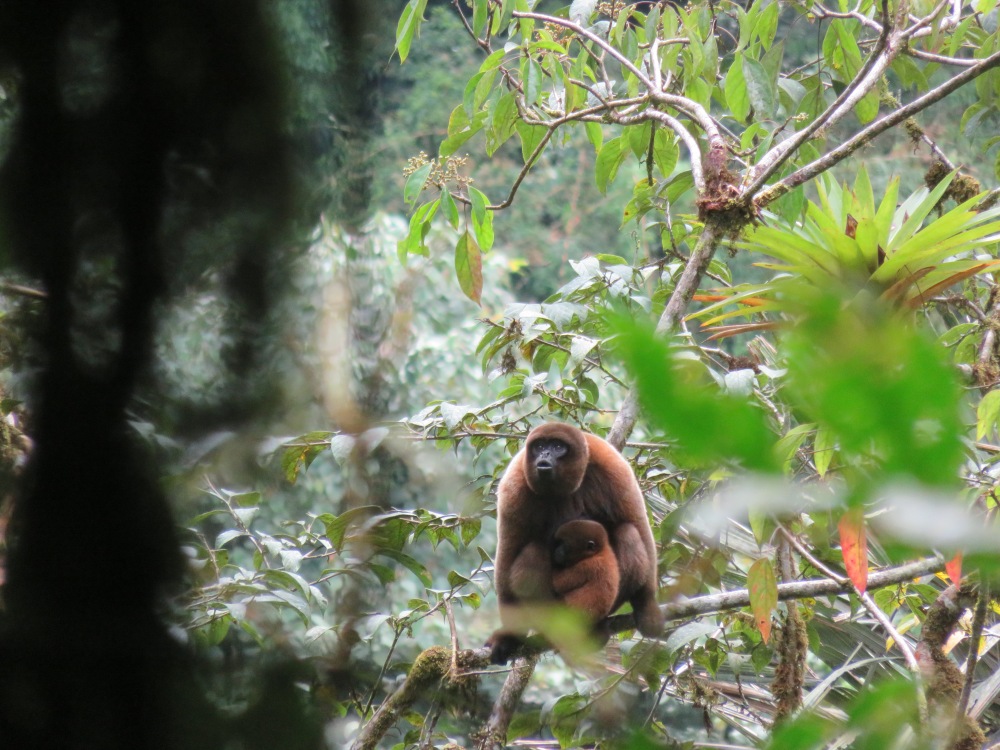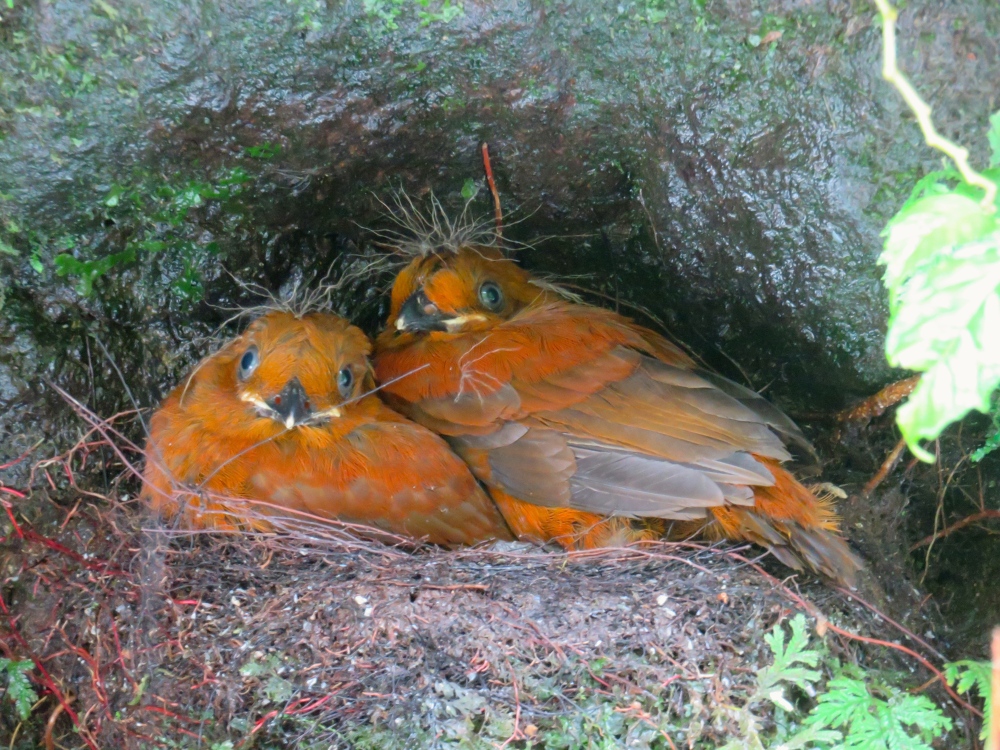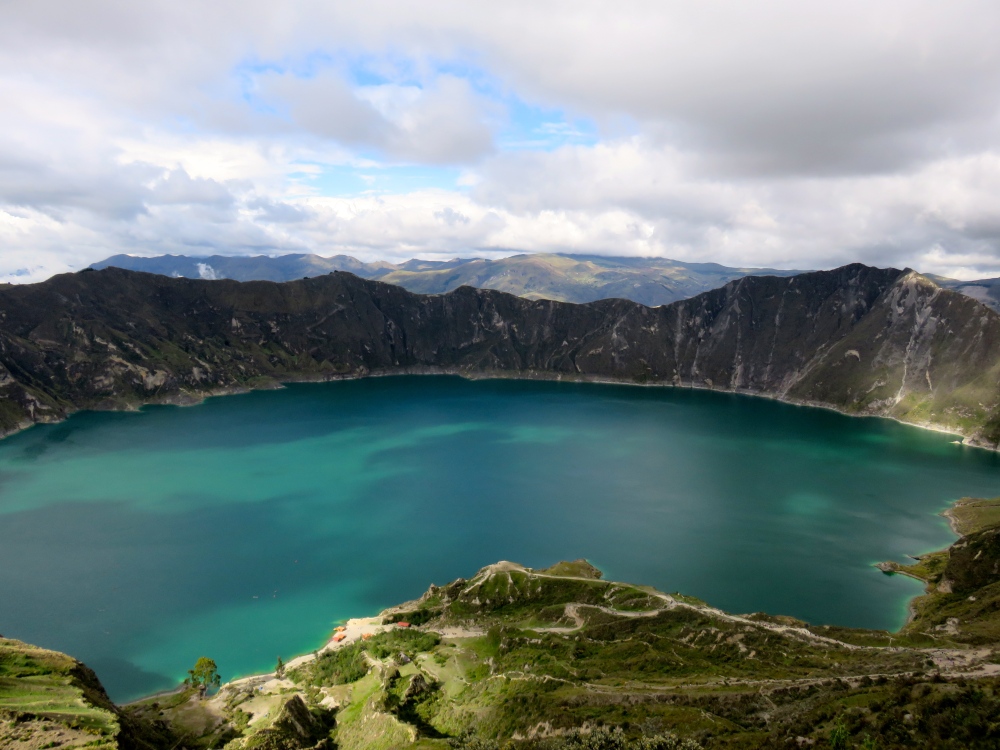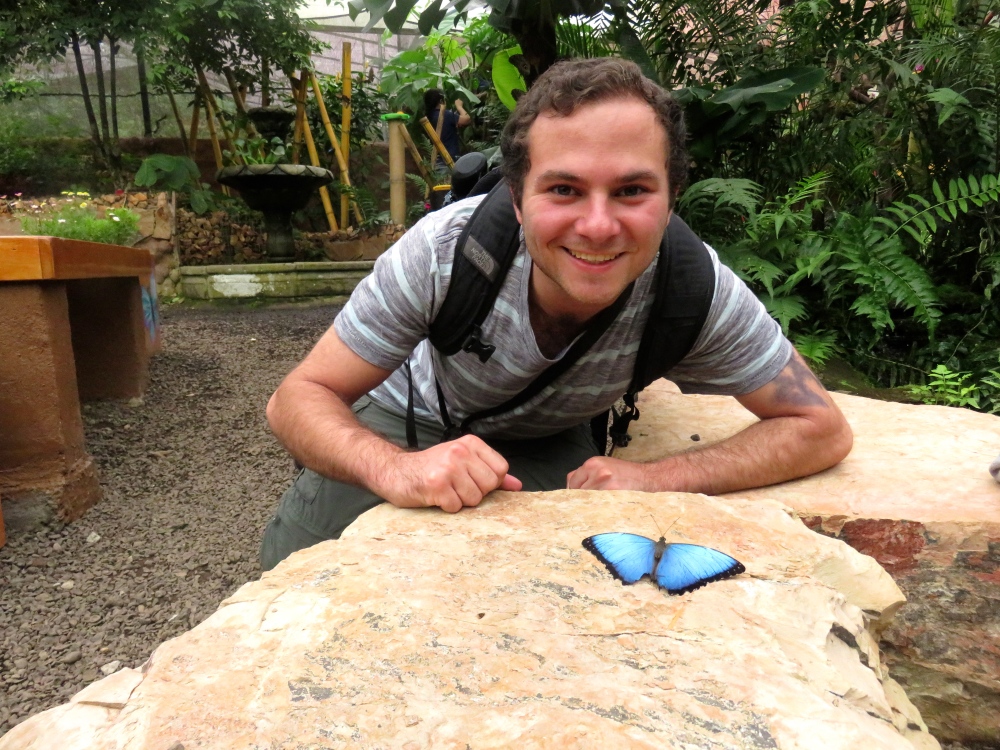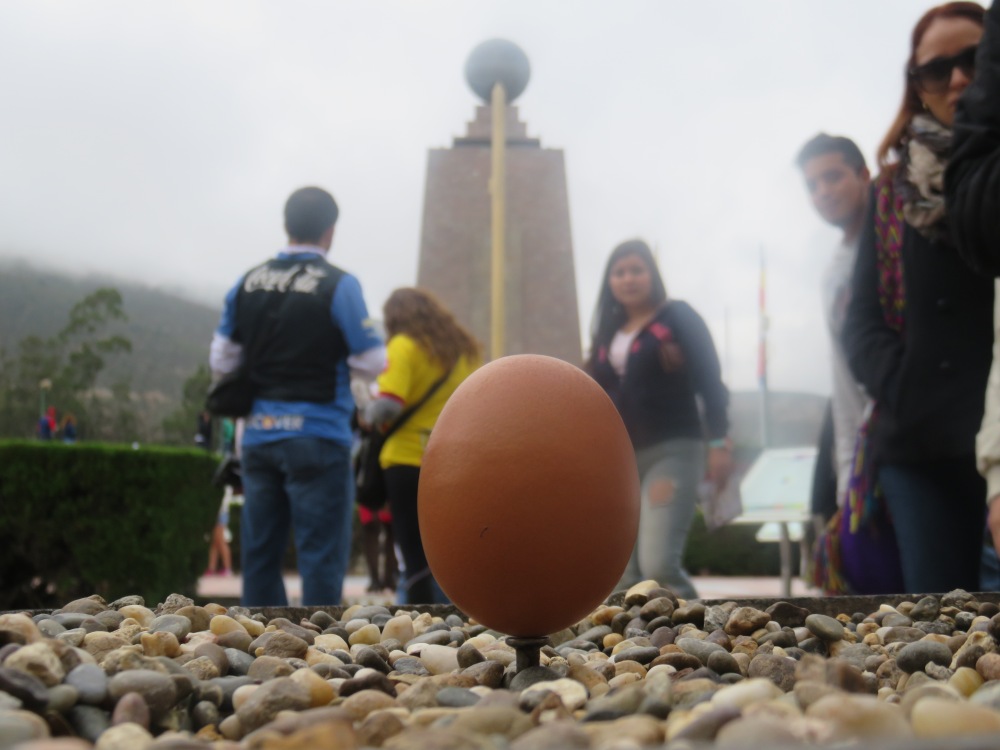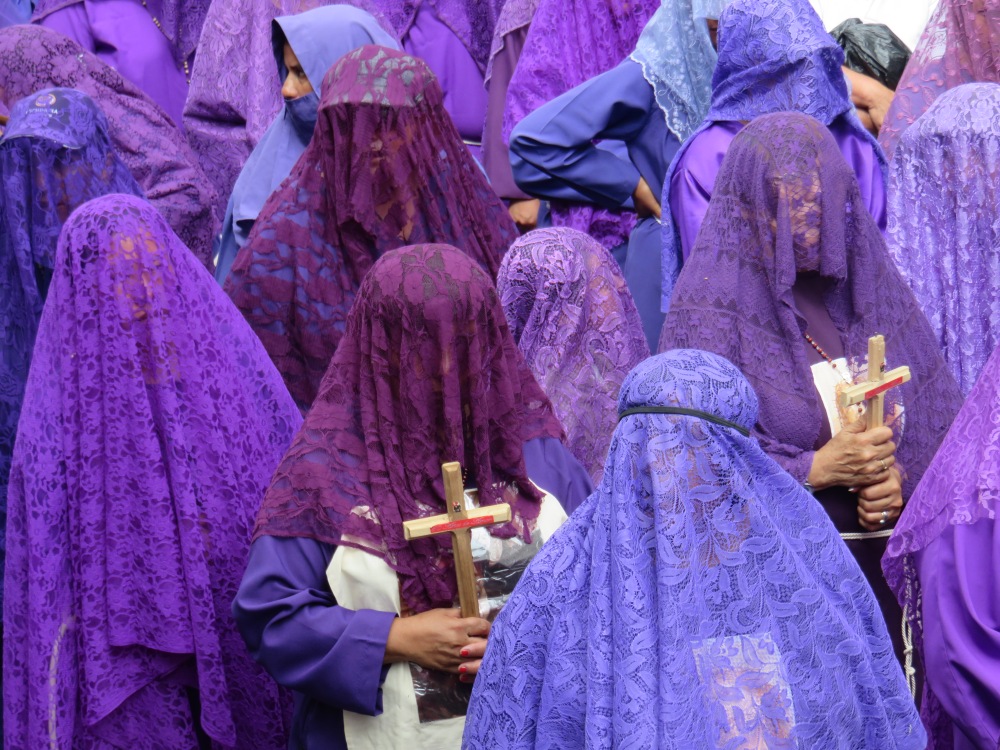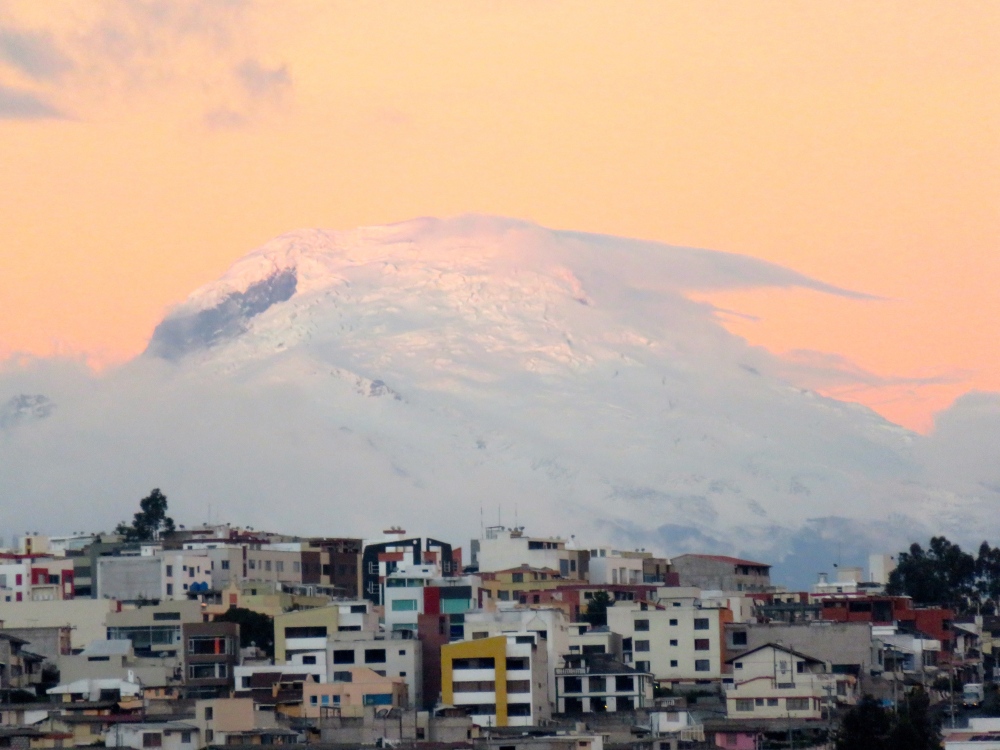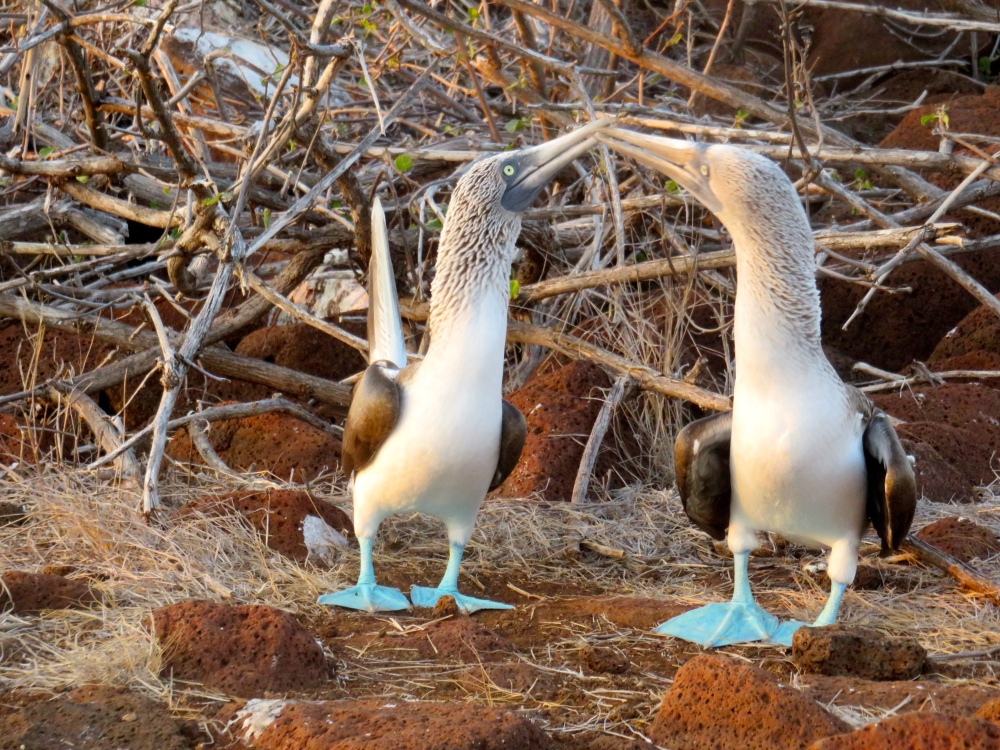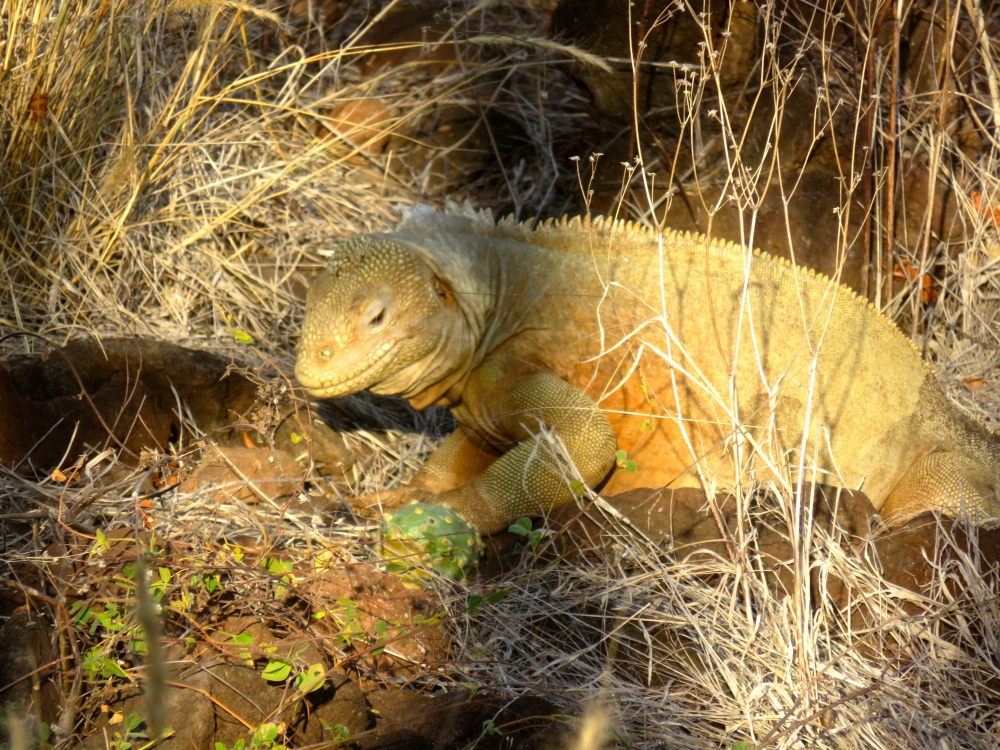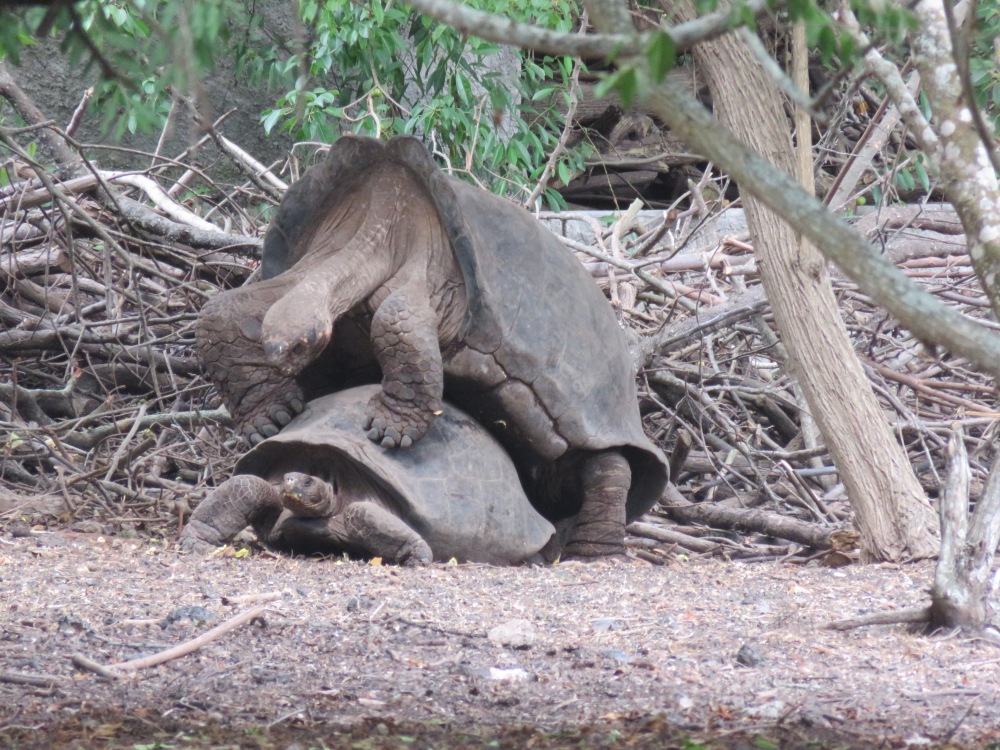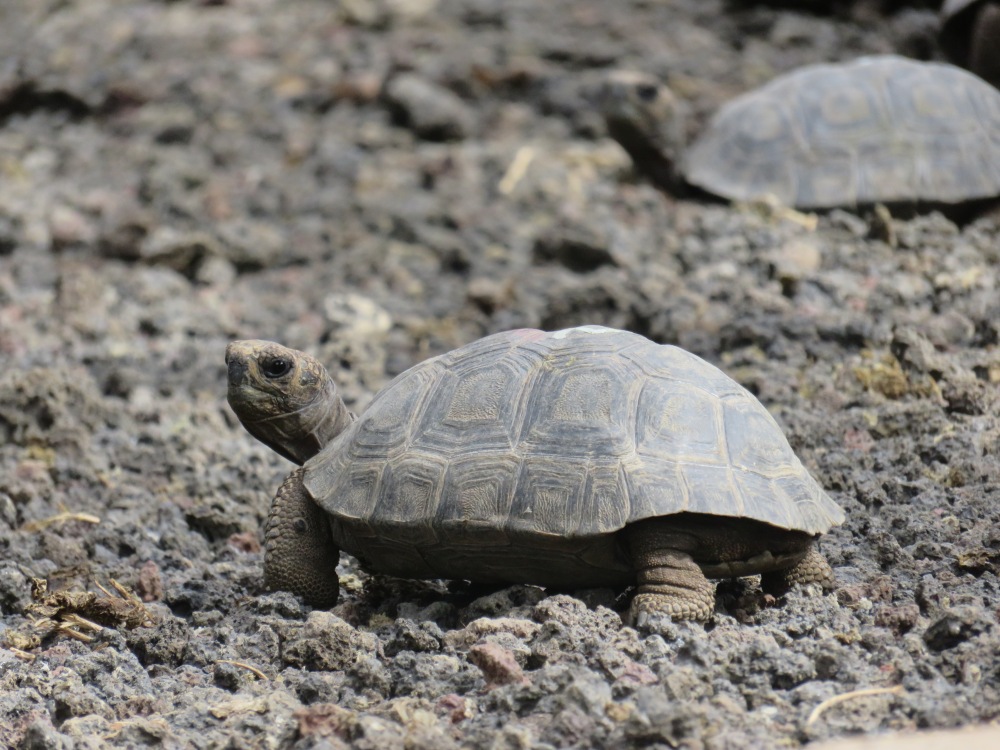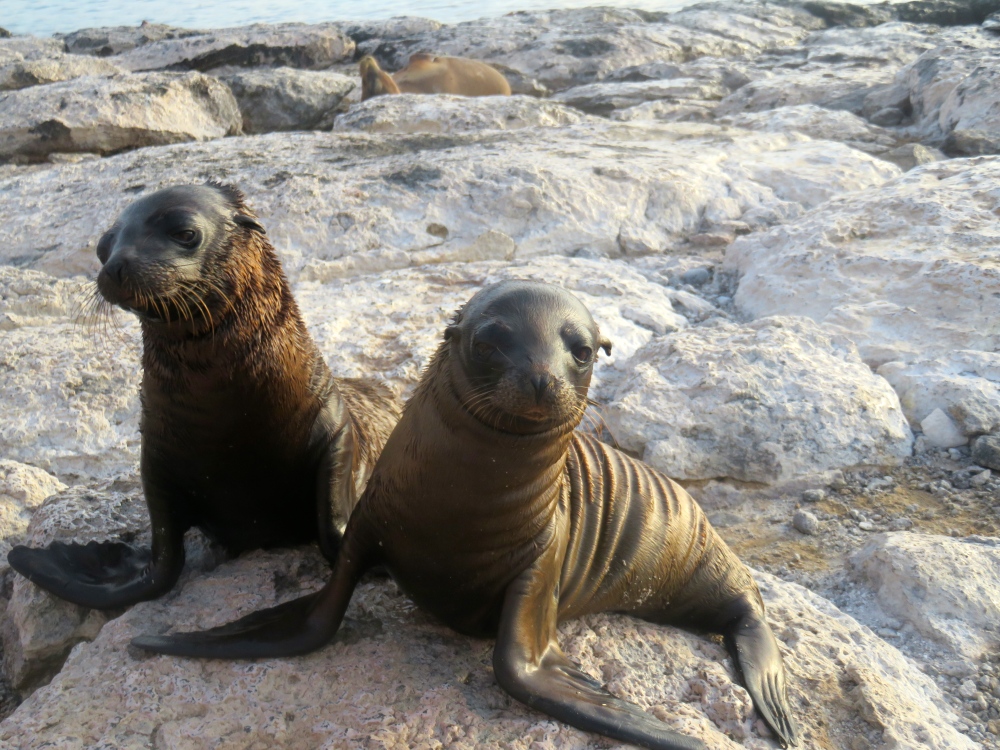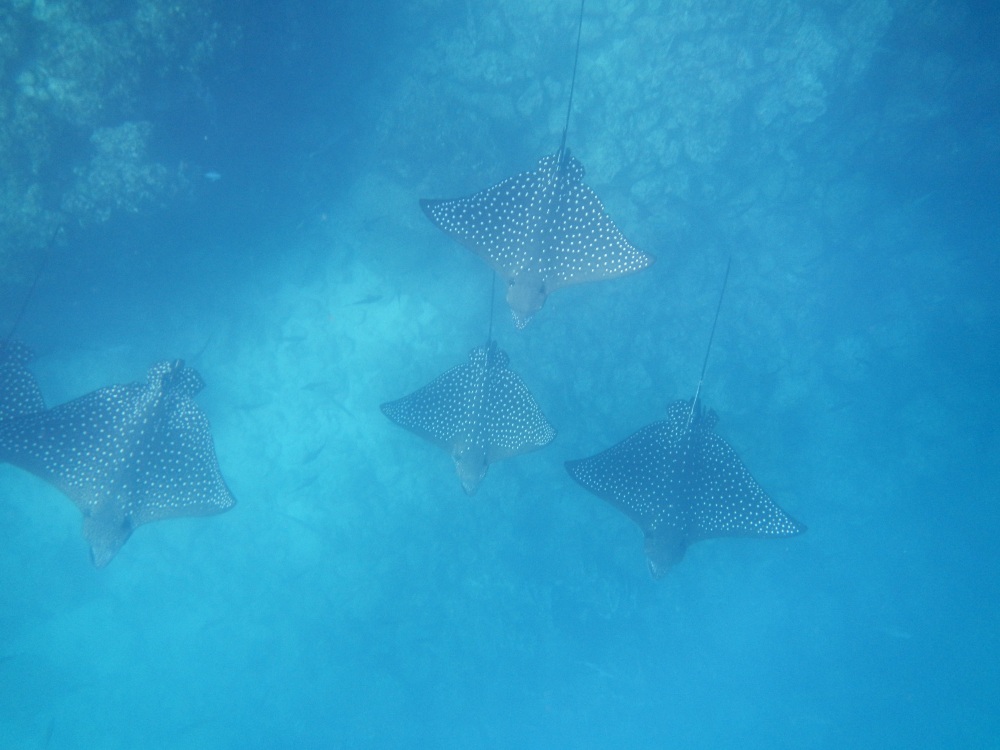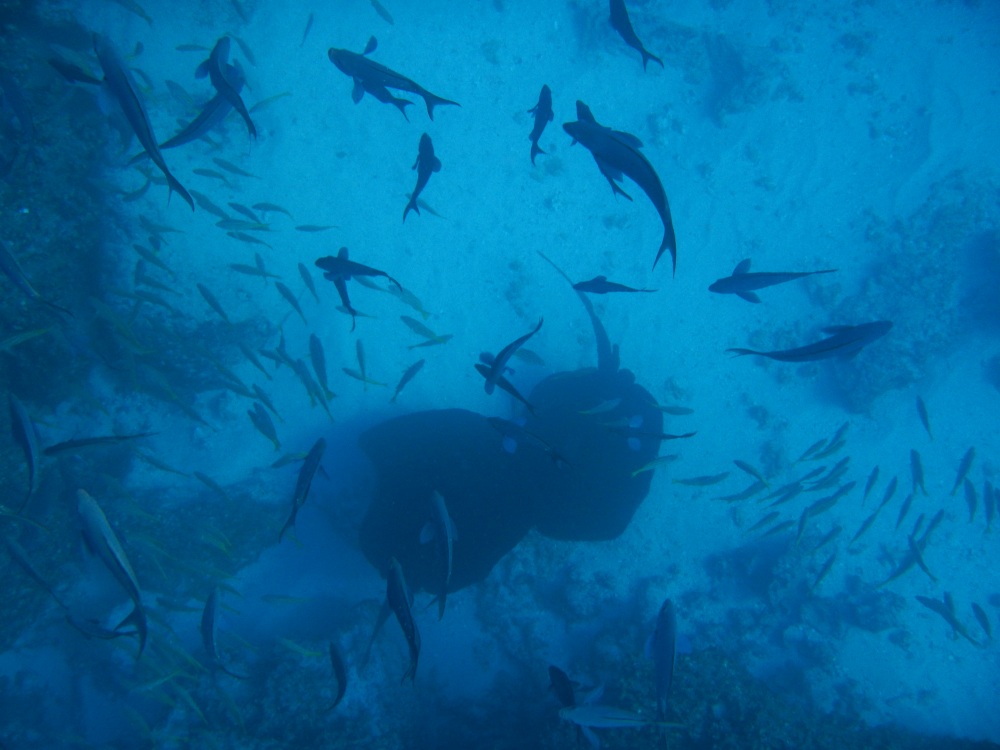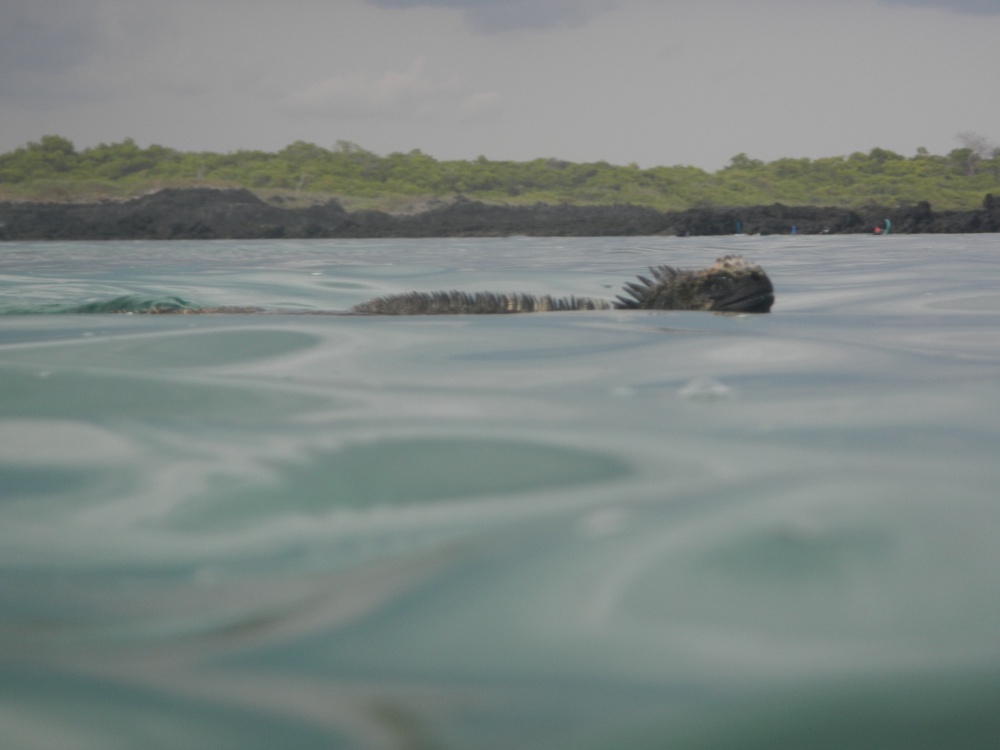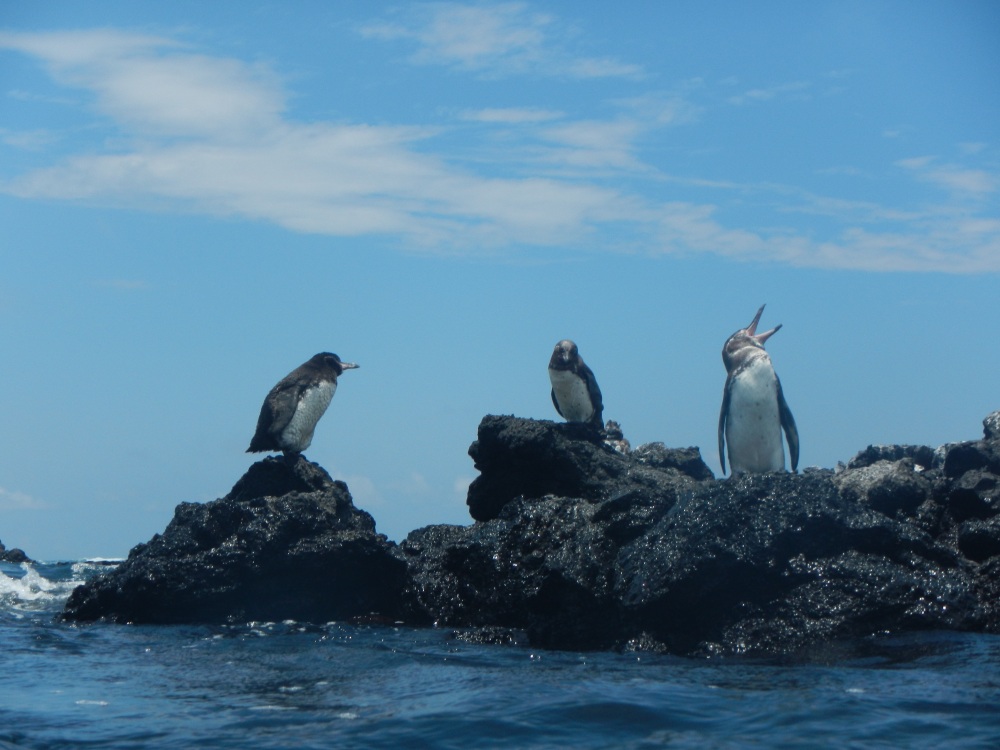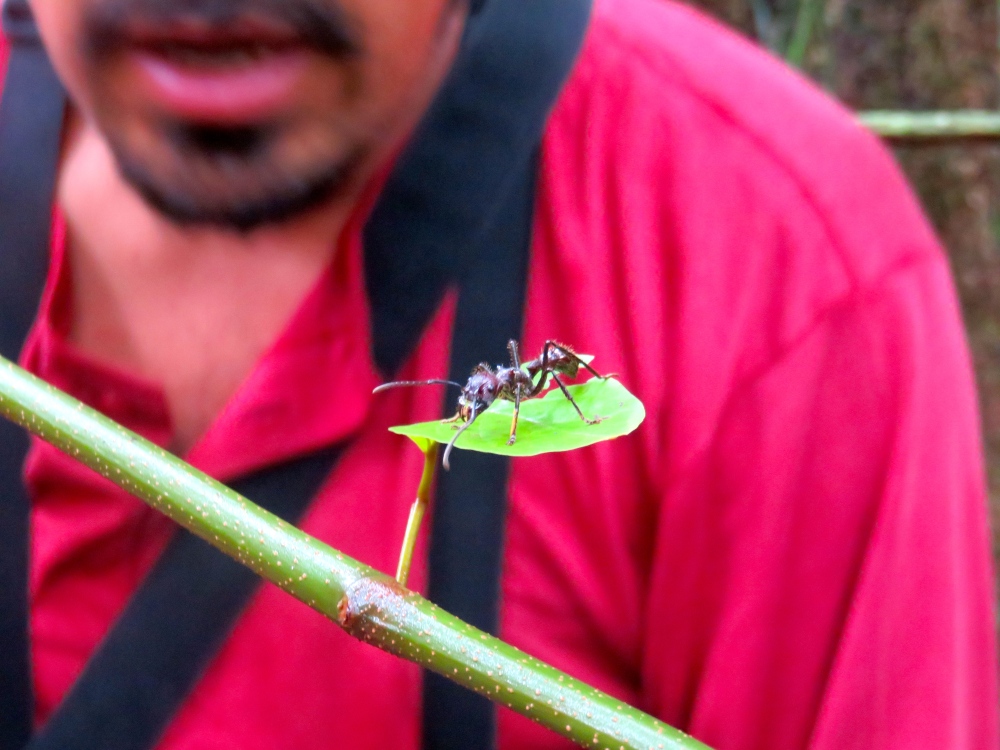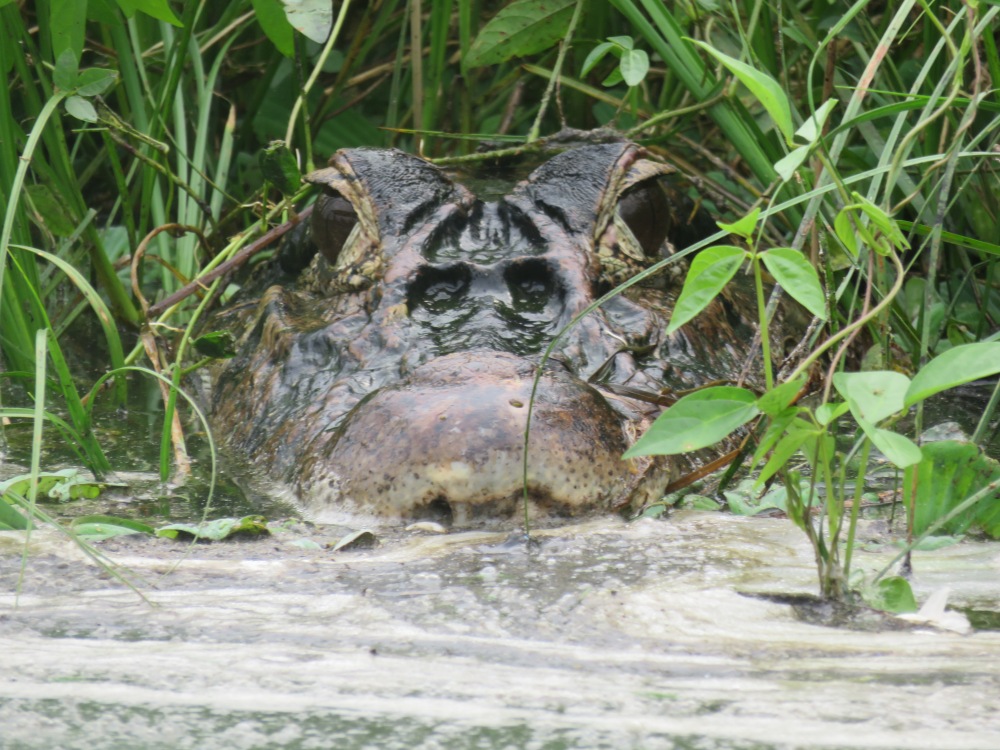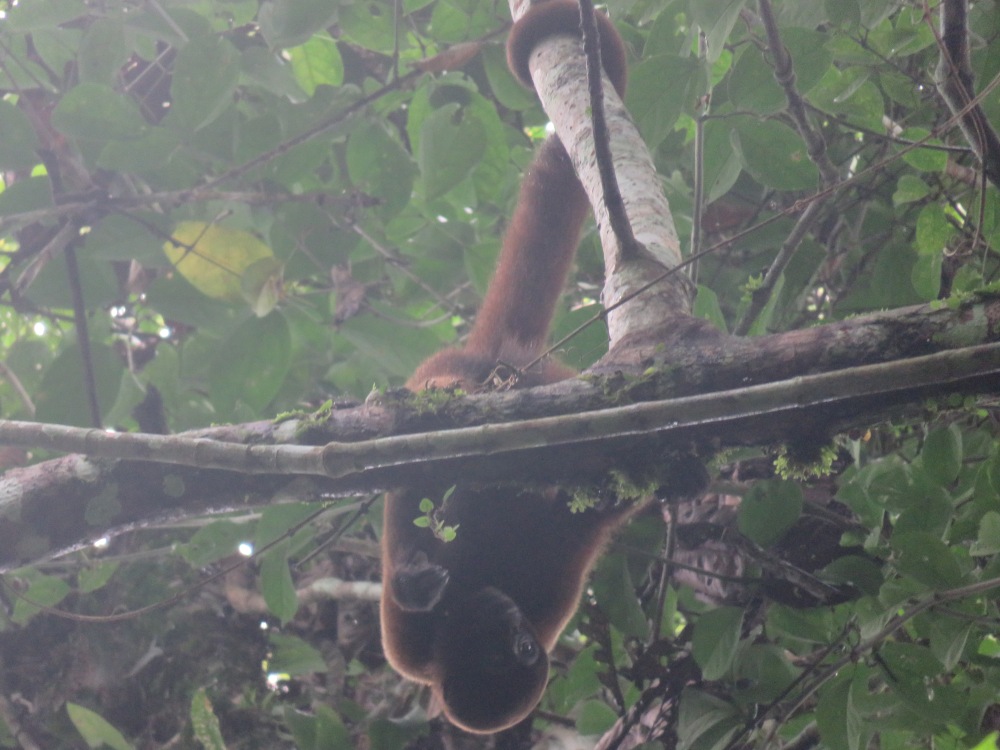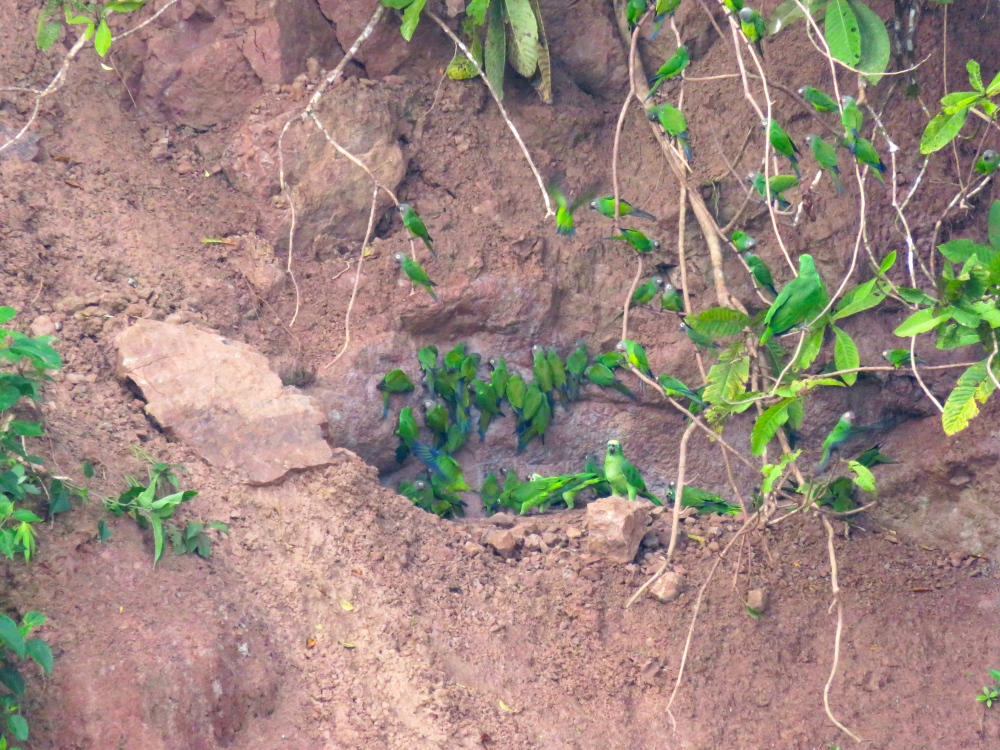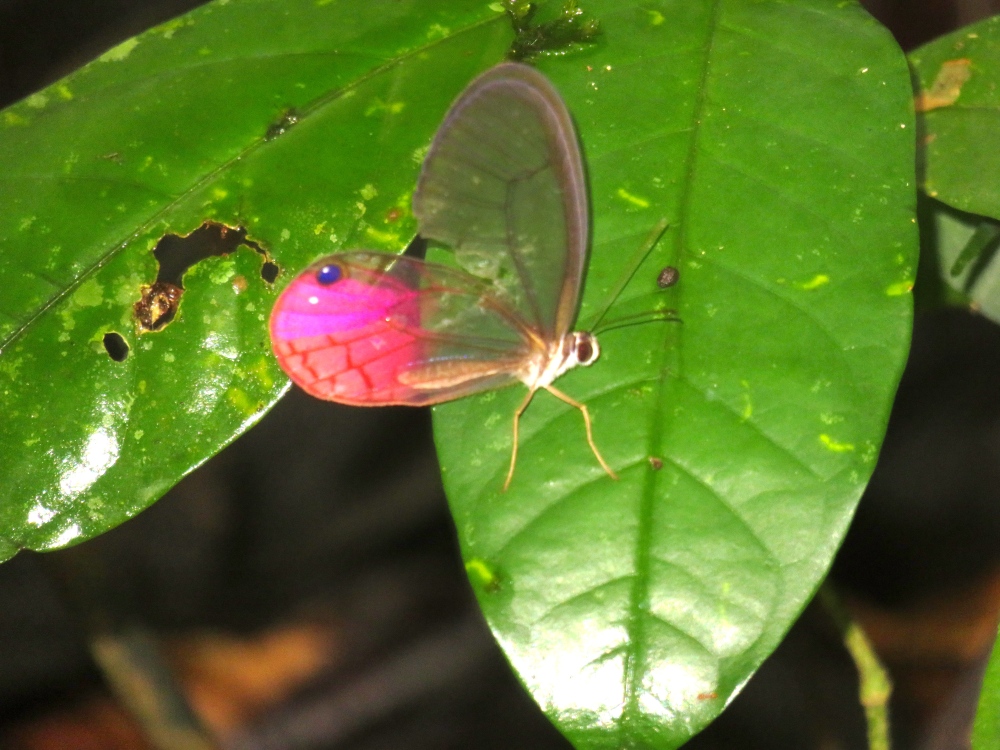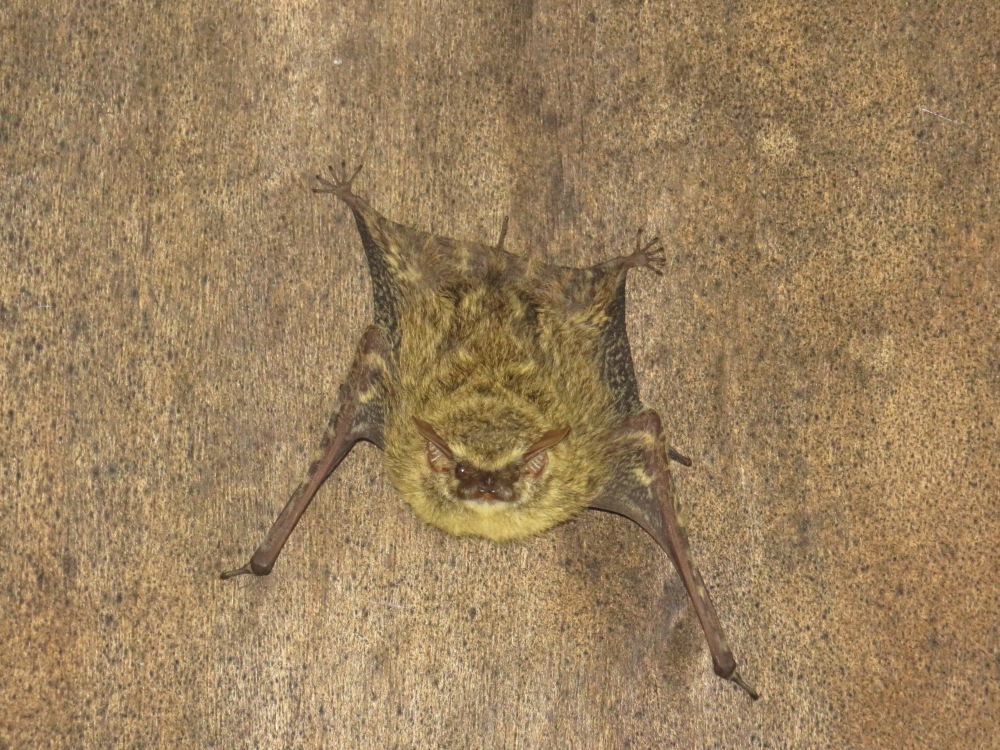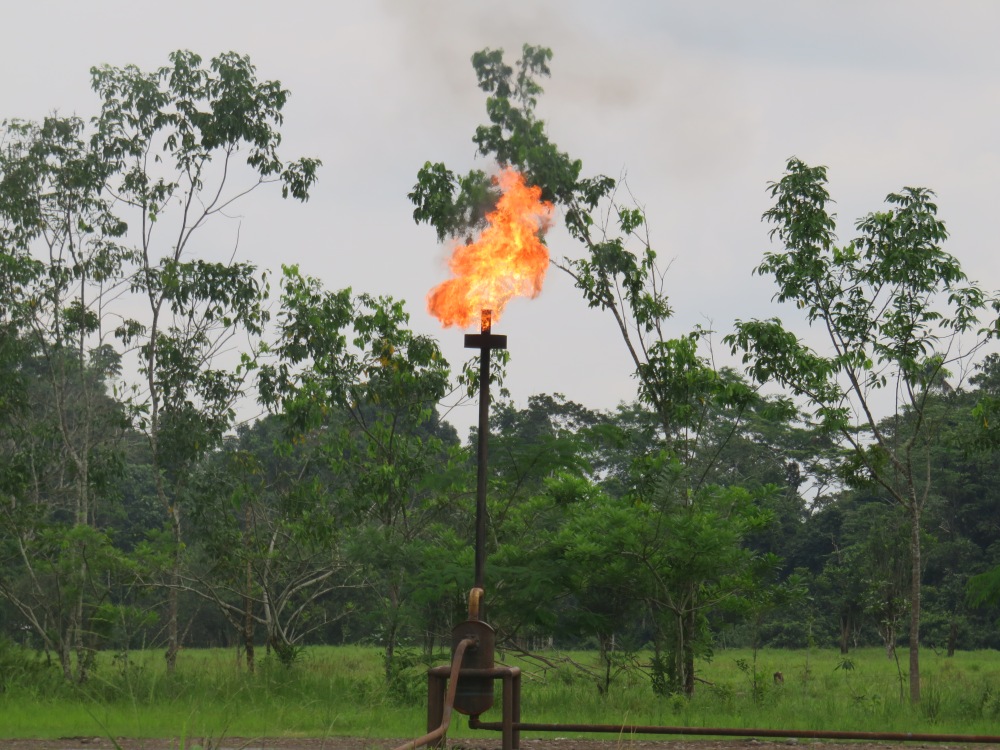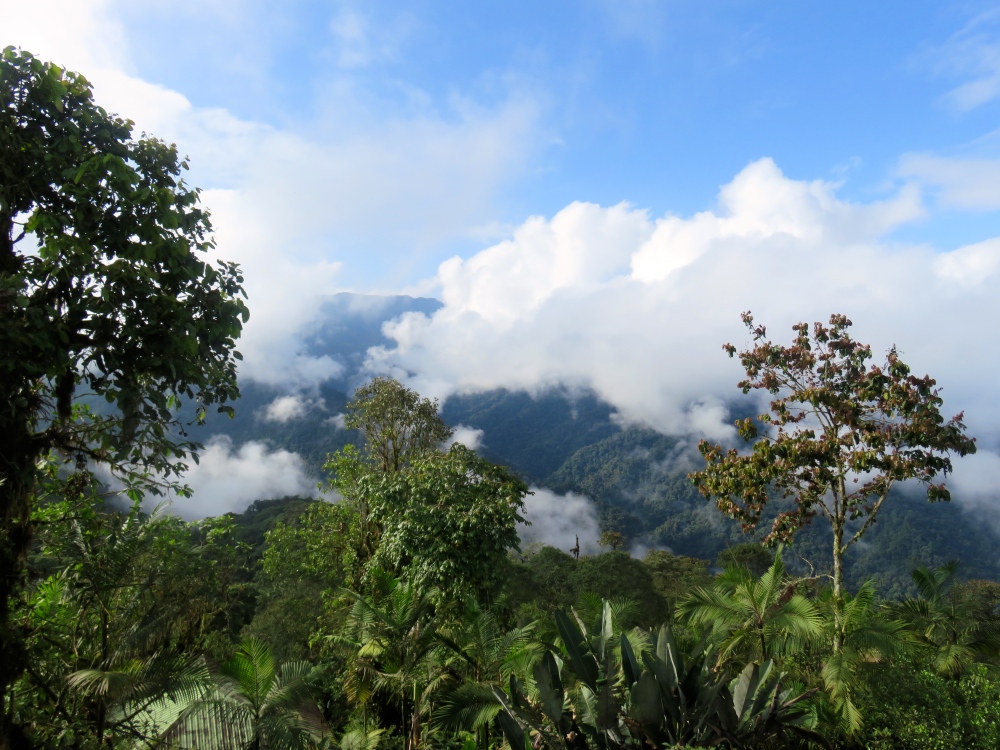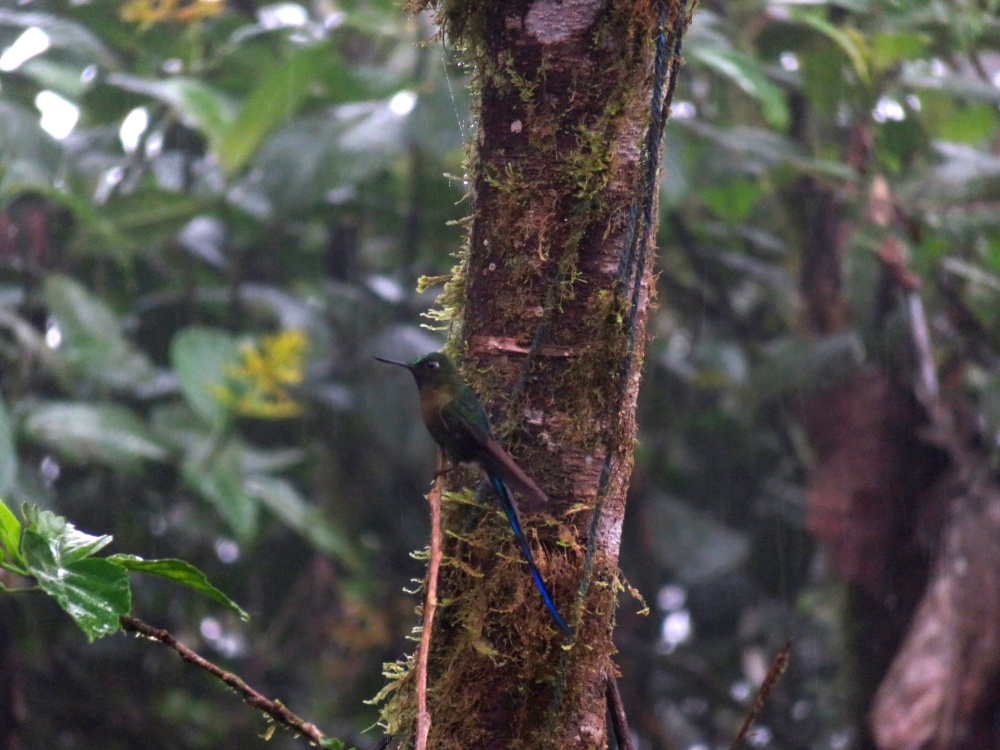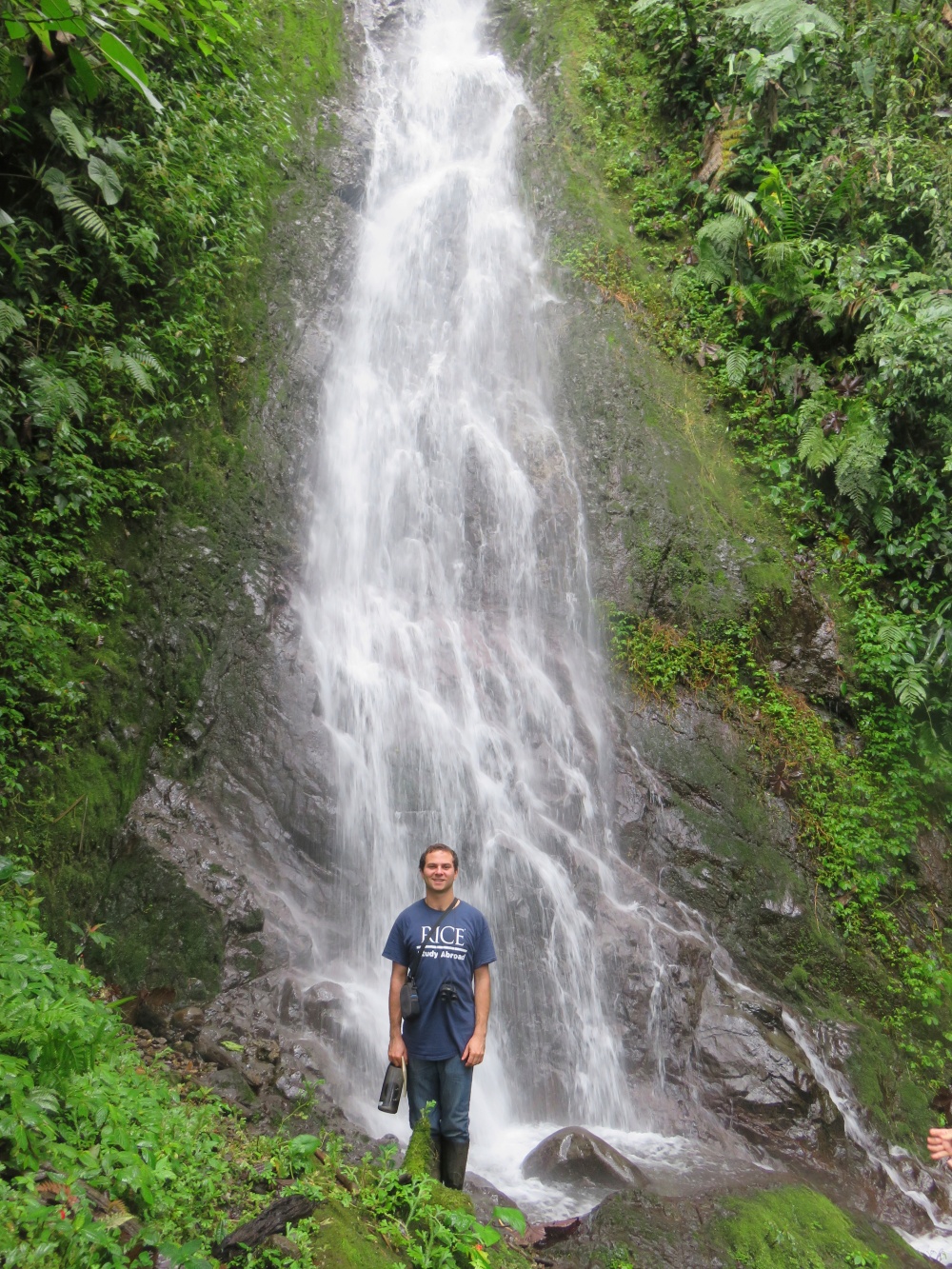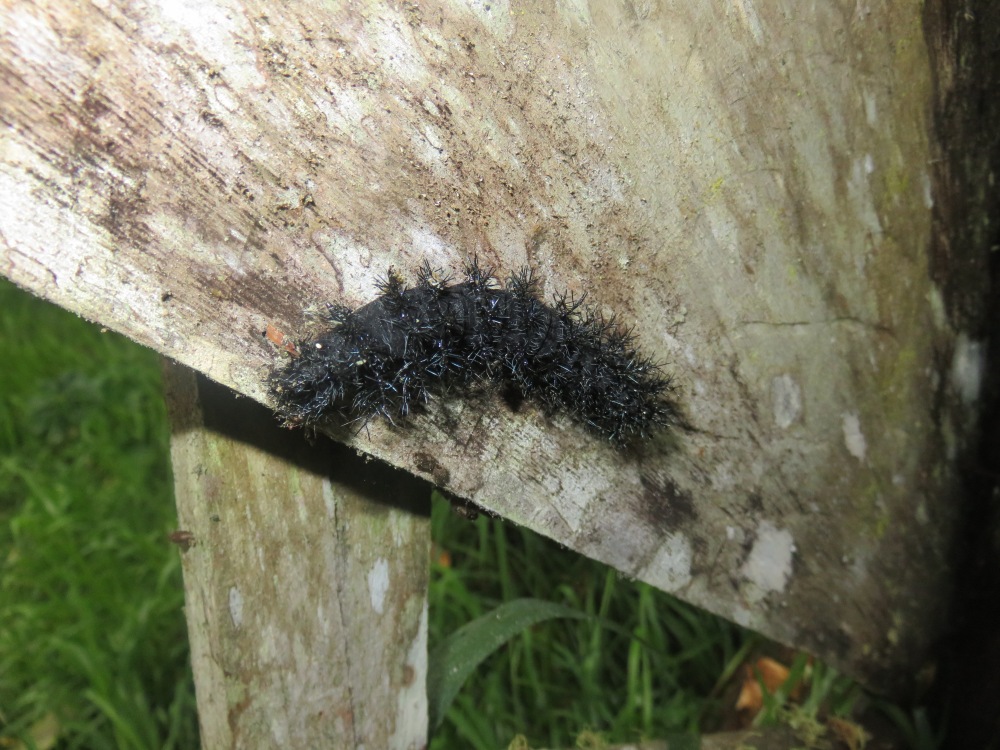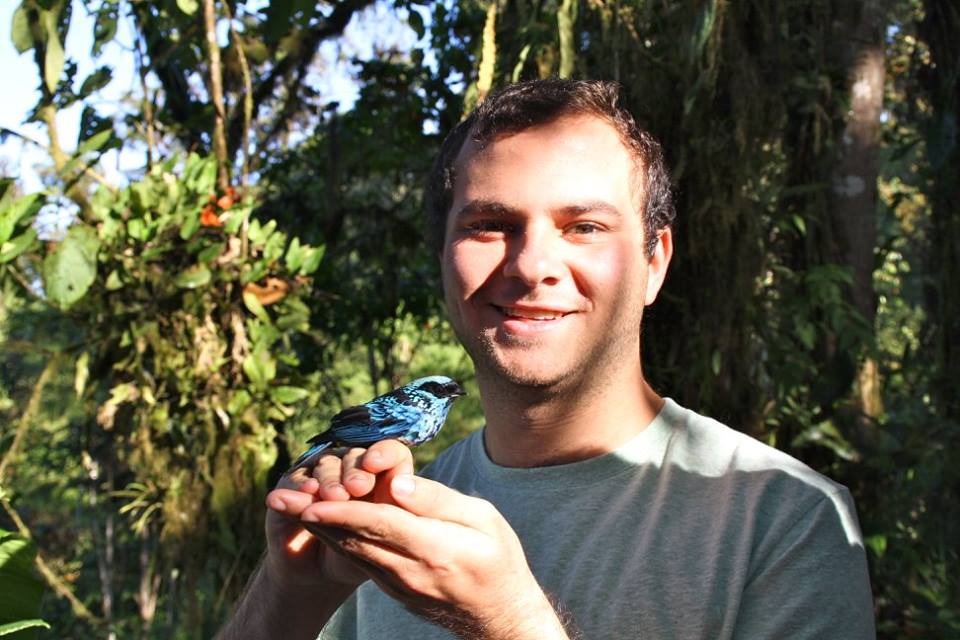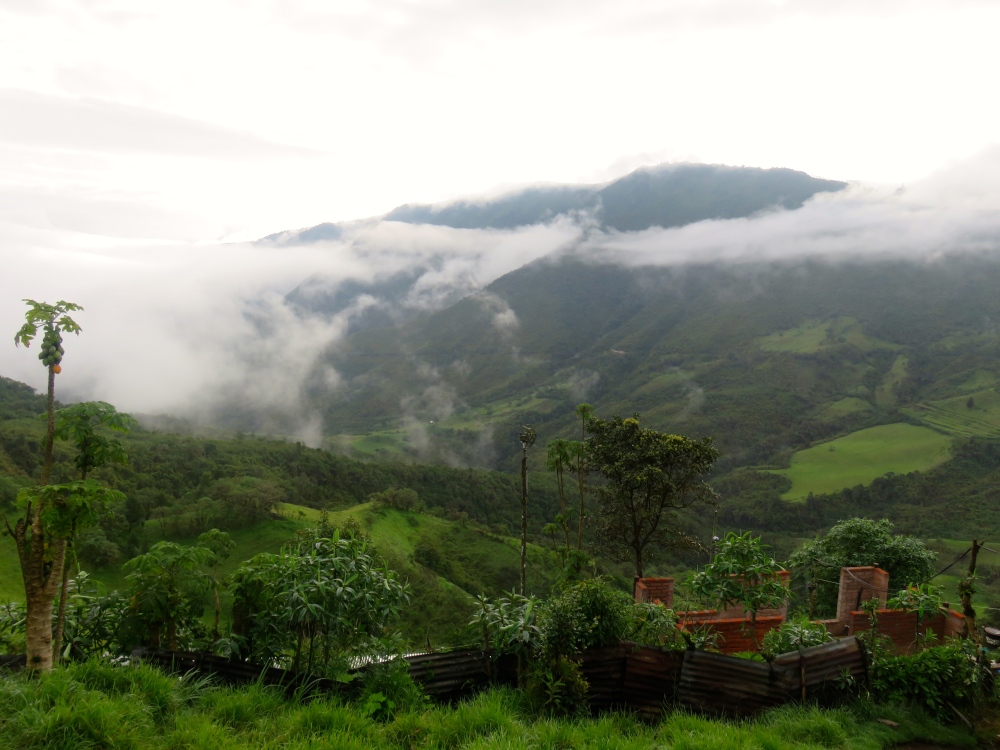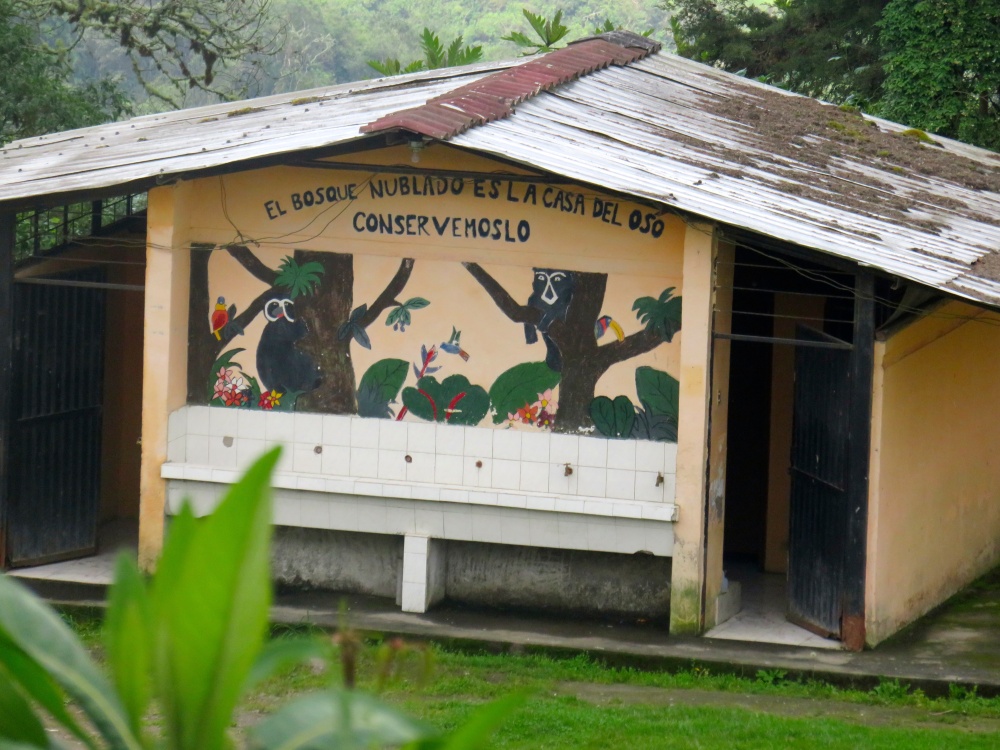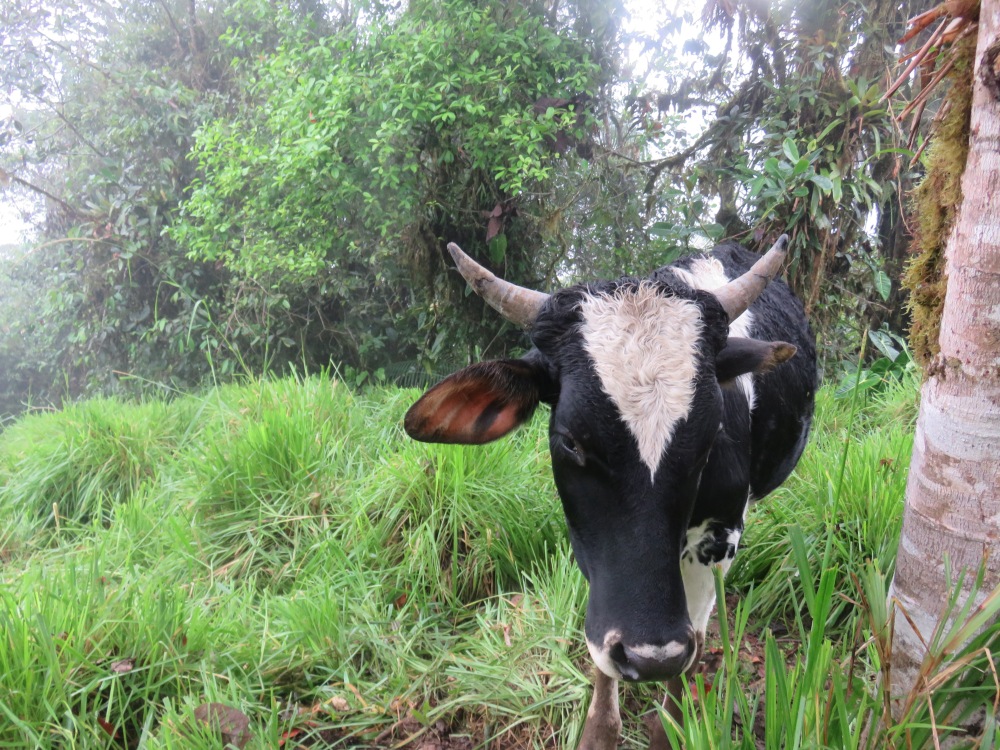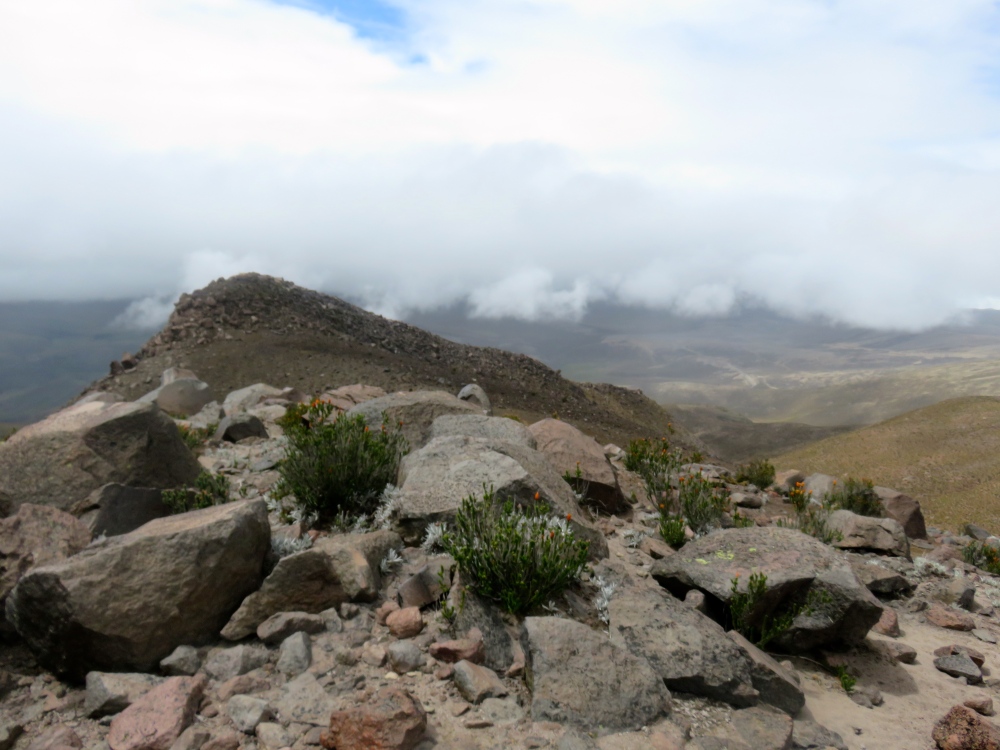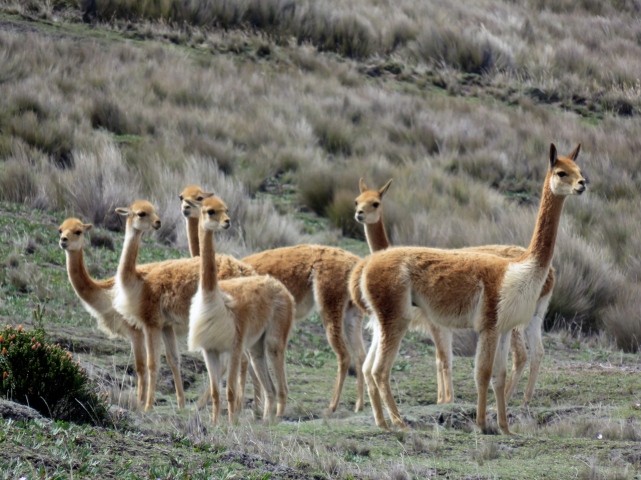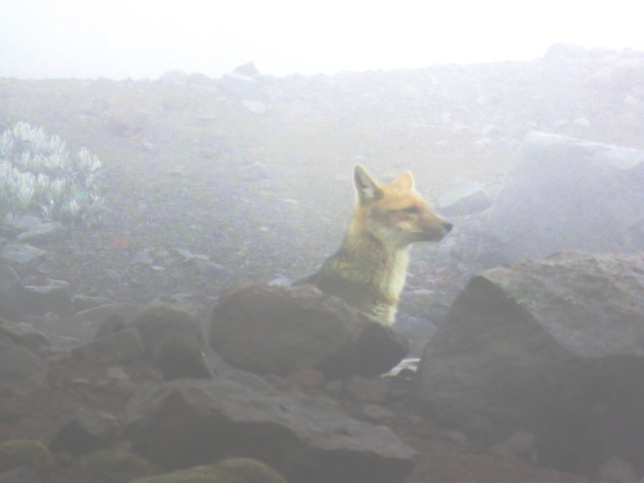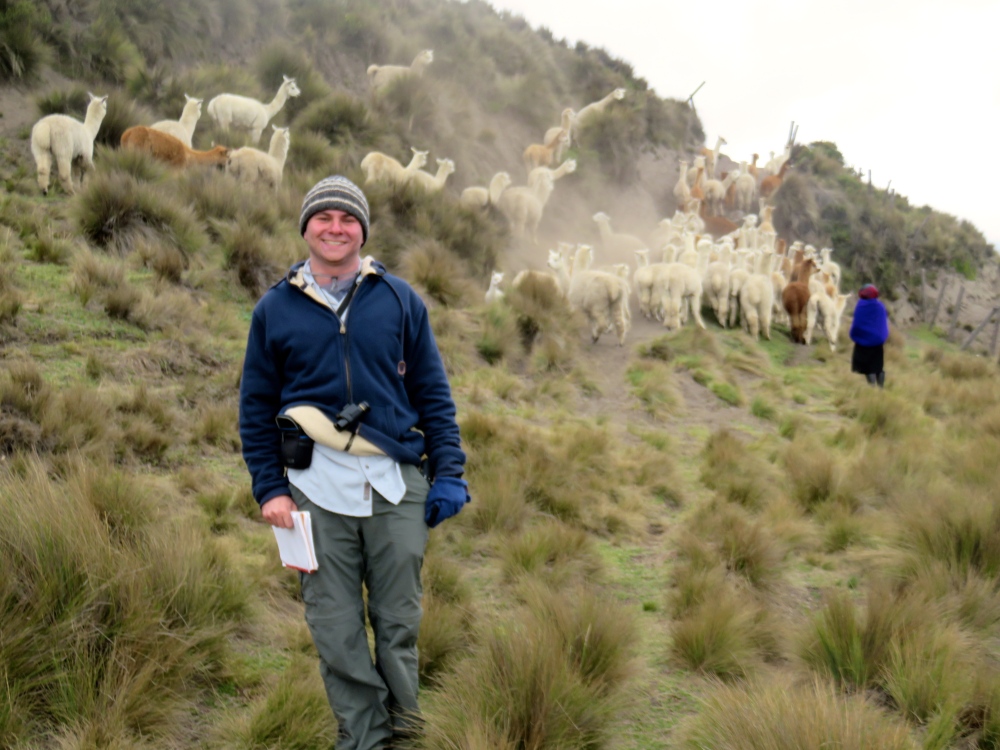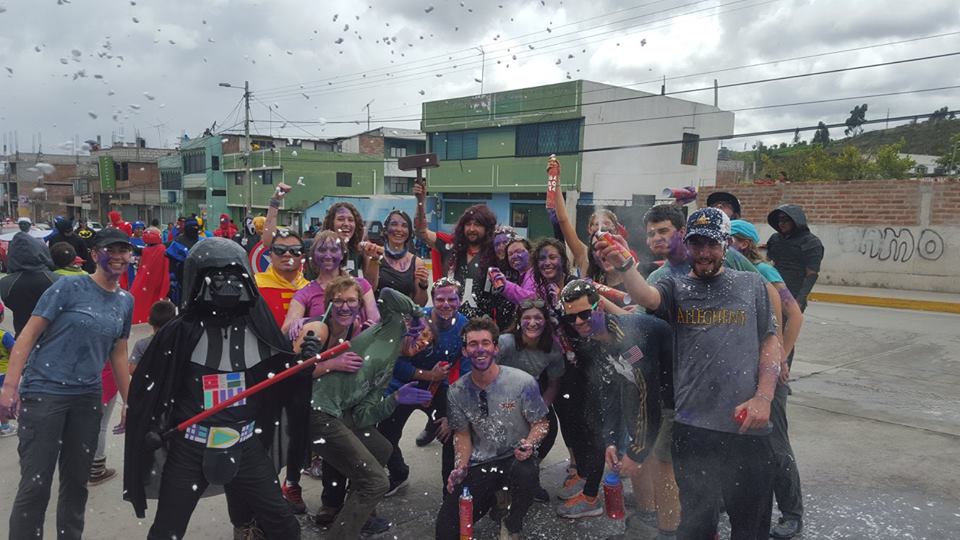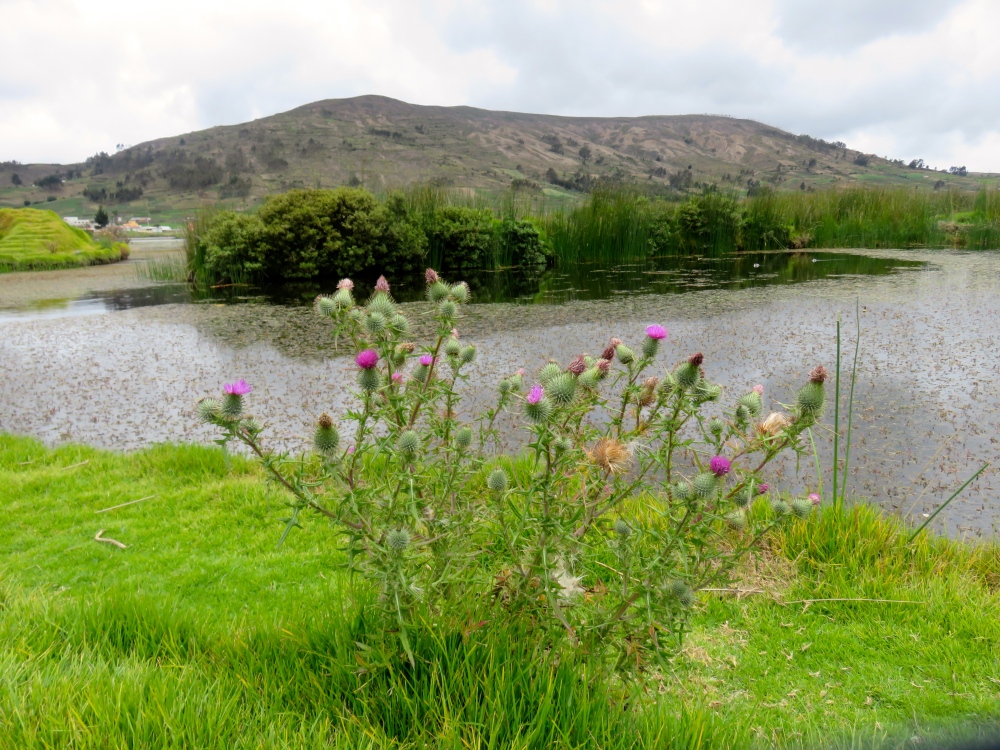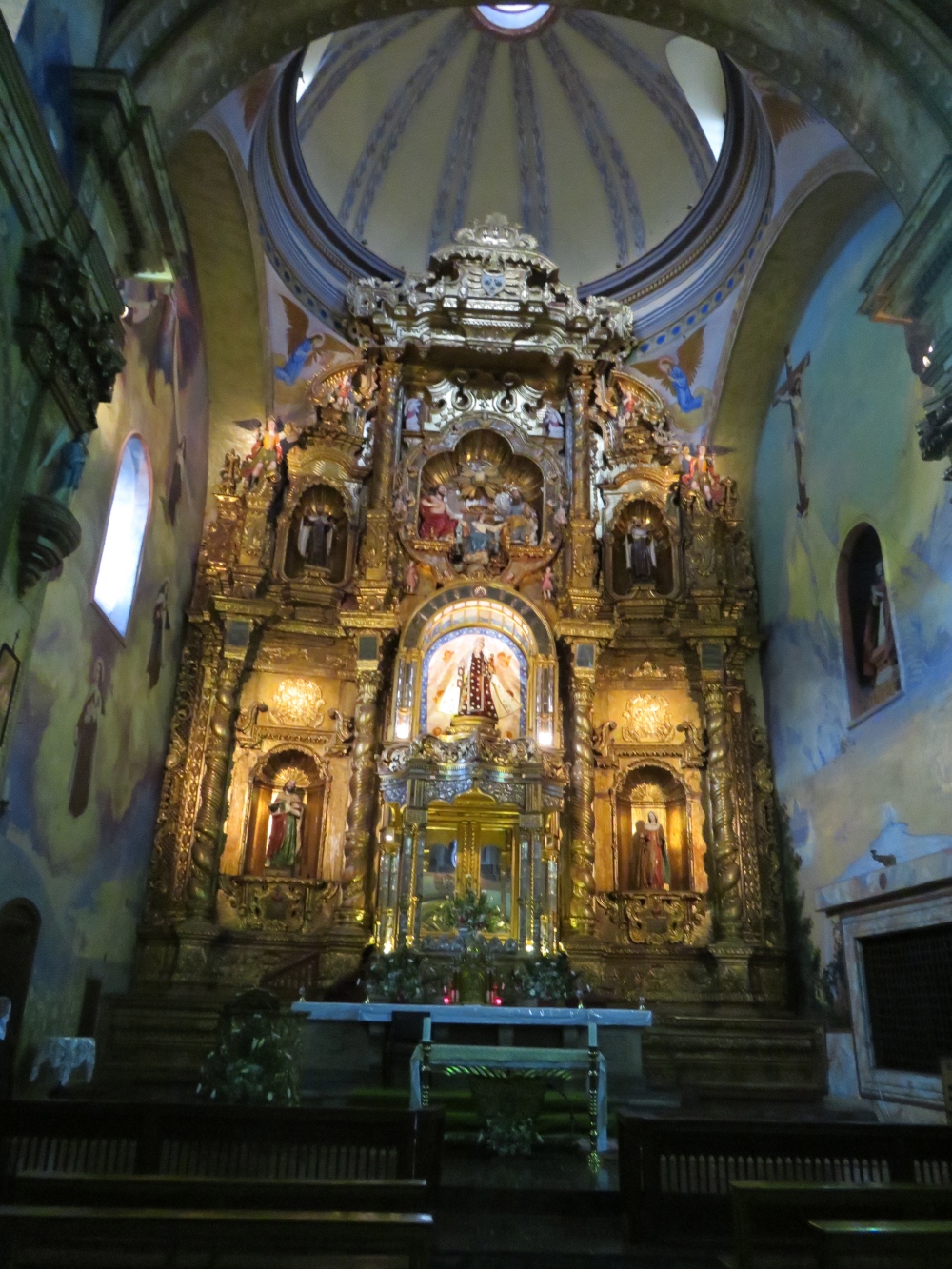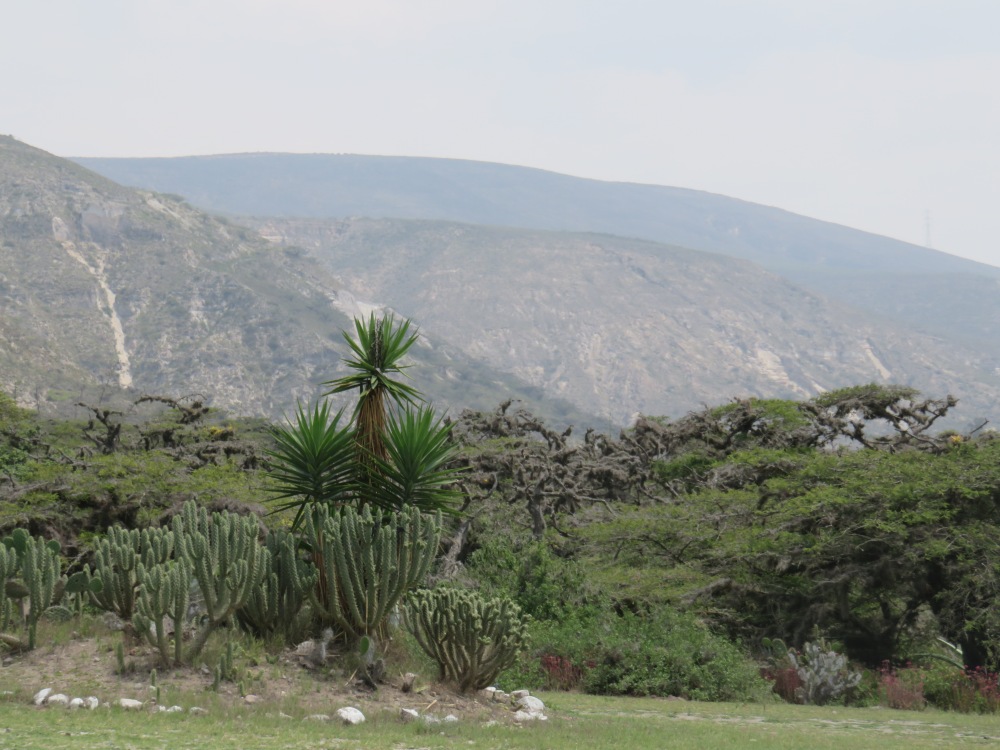Classes are over, final exams are finished, and now I’m heading out to the cloud forest for a month to study wooly monkeys! However, before I leave on Saturday for Baños, I’d like to reflect a little about my time here around Quito.
First of all, I cannot wait to get out of the city simply because that means no more crowded buses! Fortunately, I’ve never gotten lost; actually, people tend to ask me for directions for some reason. I guess I blend in well enough! However, though the bus is easy to navigate, the system is still pretty bad. For anyone who has ever complained about Houston public transport, you can’t even compare to the bus system in Quito. Sure, you can get pretty much wherever you need to go in the city, but it will take a while. It takes an hour and a half to get from where I live (in the North) to the South end of the city. It was hard enough for me as a tourist; I can’t imagine those poor commuters who have to take the trolley bus with a briefcase and suit every day. The metro buses are so crowded, they might not even be able to hold on to their handbag! I’ve been elbowed, shoved, stepped on, and fallen onto more times I can count commuting to class in the morning. One time I was on the bus, leaning against the middle set of doors, and it opened up in the midst of rush hour traffic, leaving me dangling over oncoming cars. Fortunately, I grabbed onto a railing just in time, but it could have ended a lot worse. Just last week, I was pushed up front near the doors (because that was the only space I could fit into), and the doors crushed me into the front railing for the painfully long 12 second stop. So as you can see, I am not a fan of the public buses.
The private buses, however, are fantastic. I’ve splurged $3 and taken cushy charter buses with comfortable seats and movie screens to all of the popular destinations around Quito. Last weekend, I took myself to see Quilotoa, a beautiful lake in the crater of a volcano. The scenery was spectacular, with beautiful mountains and volcanoes surrounding the crater, and a deep emerald pool at the base. I hiked down to the water’s edge and had a little picnic before making my way back up the steep slopes. It was a rough daytrip, with a 5-hour commute each way, but definitely worth it for this view!
I also went on a weekend trip this past weekend to Baños to check out the home base of my ISP. Though I’m doing my project in a reserve 45 minutes away from the town, I wanted to take the chance to do all the touristy stuff with my friends. We took a guided tour up to the Casa Del Arbol, past green volcanic cliffs and streams of waterfalls, up to where there is a supposedly beautiful outlook where you can swing. When we got to the Treehouse and swing, it was really cloudy, but it was still awesome swinging into nothingness! We then biked over to the waterfalls, where we saw a beautiful cascade down into a collecting pool, called the Devil’s Cauldron. The scenery of this area of the cloud forest truly is beautiful, and I cannot wait to spend my last month here!
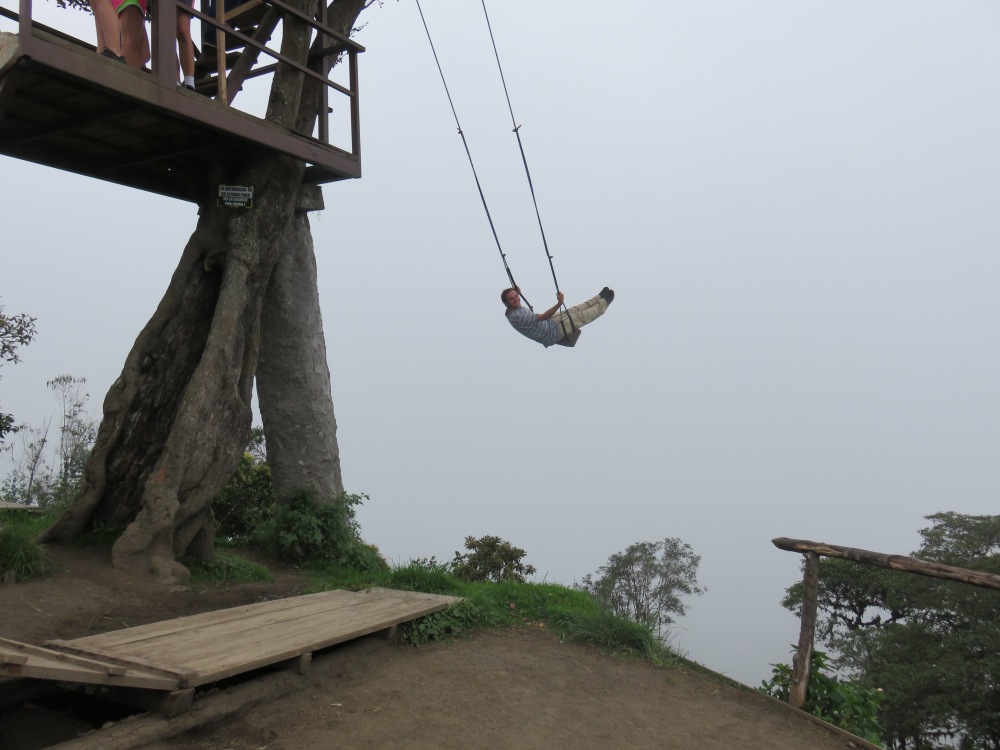
Swinging off into nothingness at La Casa del Arbol!

The beautiful Devil’s Cauldron
We ended the day going to a hot spring in the pouring rain, but I didn’t mind because the bath-like pool felt so good! It was also sitting at the base of a waterfall, illuminated by kitschy green lights. There was also a steaming hot pool and a freezing cold pool if I wanted to shock my senses, but I didn’t leave the comfortable hot spring for very long. We also had to wear shower caps, which I thought made everyone look ridiculous.
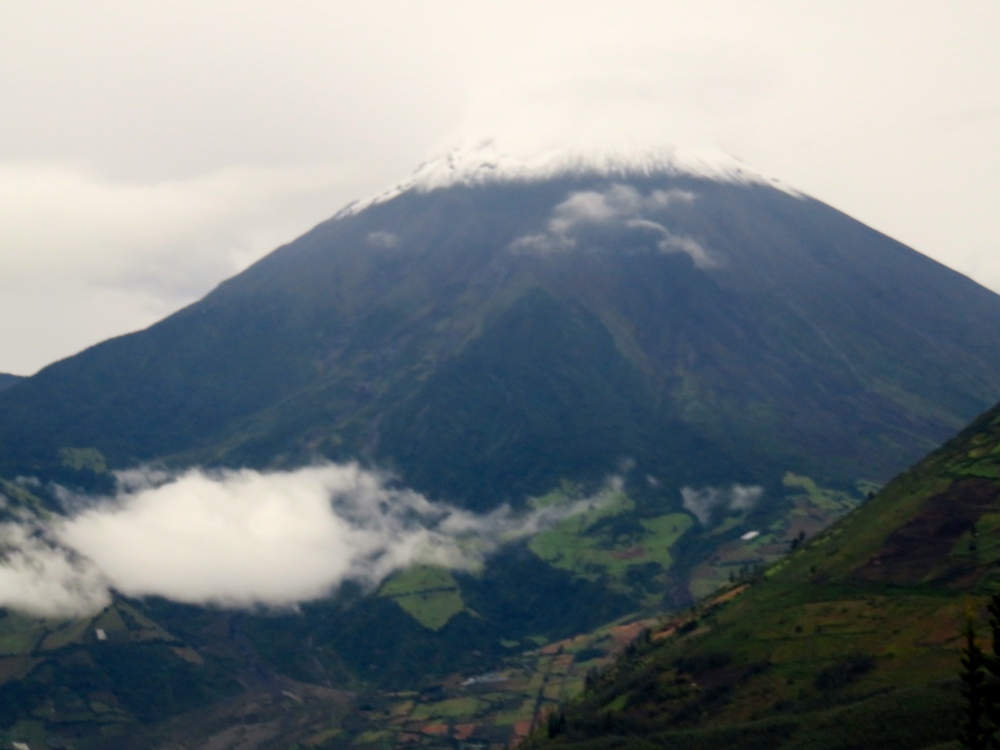
See you soon Baños! The volcano Tungurahua was visible on the way out of the city.
Another weekend I went on a trip to Otavalo, a cute market town which had lots of beautiful crafts. It was also nearby a beautiful waterfall (though at this point I’ve seen so many waterfalls here it’s getting harder to judge). I also took a trip to Mindo, where I went to “Ecuador’s largest” Mariposario, where hundreds of beautiful butterflies surrounded me; it was magical. I also spent a fair amount of time at a hummingbird garden as well, where there were dozens of different birds, including brilliants, Aracari, and light blue tanagers. Mindo is a beautiful town, and I really enjoyed walking along the touristy shops and along the fast river.
That next day, I went to La Mitad del Mundo, or the equator, where Ecuador’s namesake comes from. There was a museum in the monument with lots of information on the different regions of Ecuador and their indigenous communities, but also information on the Coriolis effect and the “science” of the equator. I really enjoyed all of the activities there, exploring sample houses of each of the regions and witnessing various dancing performances from communities such as Riobamba and Calacali. I also brought an egg to balance at the equator, which is supposedly easier to do because of gravity. I don’t know if this is true or not, but I did it!
Back in Quito, we celebrated La Semana Santa and Good Friday by going to the Procession, where hundreds of people paraded around the historic district near the Basilica. I got myself an ice cream and perched on the gates of a cathedral to get a better vantage point. Honestly, it was pretty painful to watch at times, as people would be whipping themselves as they walked in chains out of penance. Many participants wore the purple cloaks of Cucuruchos, whose purple cones symbolize humility. They carried giant crosses and logs out of devotion to Christ. For the women, they wore purple veils, calling themselves “Las Veronicas” after the women who supposedly offered her veil to wipe Jesus’ tears. It was a strong display of faith, and it made my easter weekend a lot more meaningful than it ordinarily would have been.
As you can probably tell, Quito is a pretty conservative town. Today was a really beautiful day in Quito, but you honestly couldn’t really tell because everyone still is wearing pants. It used to be colder in the region, but because of climate change it’s heating up; however, the custom of wearing pants still persists, so people swelter in the heat despite the obvious advantages of wearing shorts. I still walked home today in pants after my exam, sweltering in the heat just to blend in, and I noticed that there is a very high concentration of convenience stores and tiny cafes along the main streets, which I think is kind of unique. It reminded me of the bodegas lining the streets of New York City.
Also, it’s clear enough that I can see the top of Pichincha, the volcano to the West of town. When I was walking to school the other morning, the clouds held off long enough so that I could see the beautiful volcano Cotapaxi to the South of the city. I could see glaciers and all, and I even noticed some smoke coming out! Yes, I am living in a city surrounded by active volcanoes.
And just as I was writing this blog, I look out my window to see the sun setting over Cayambe. I am really going to miss the beautiful scenery surrounding this city.
